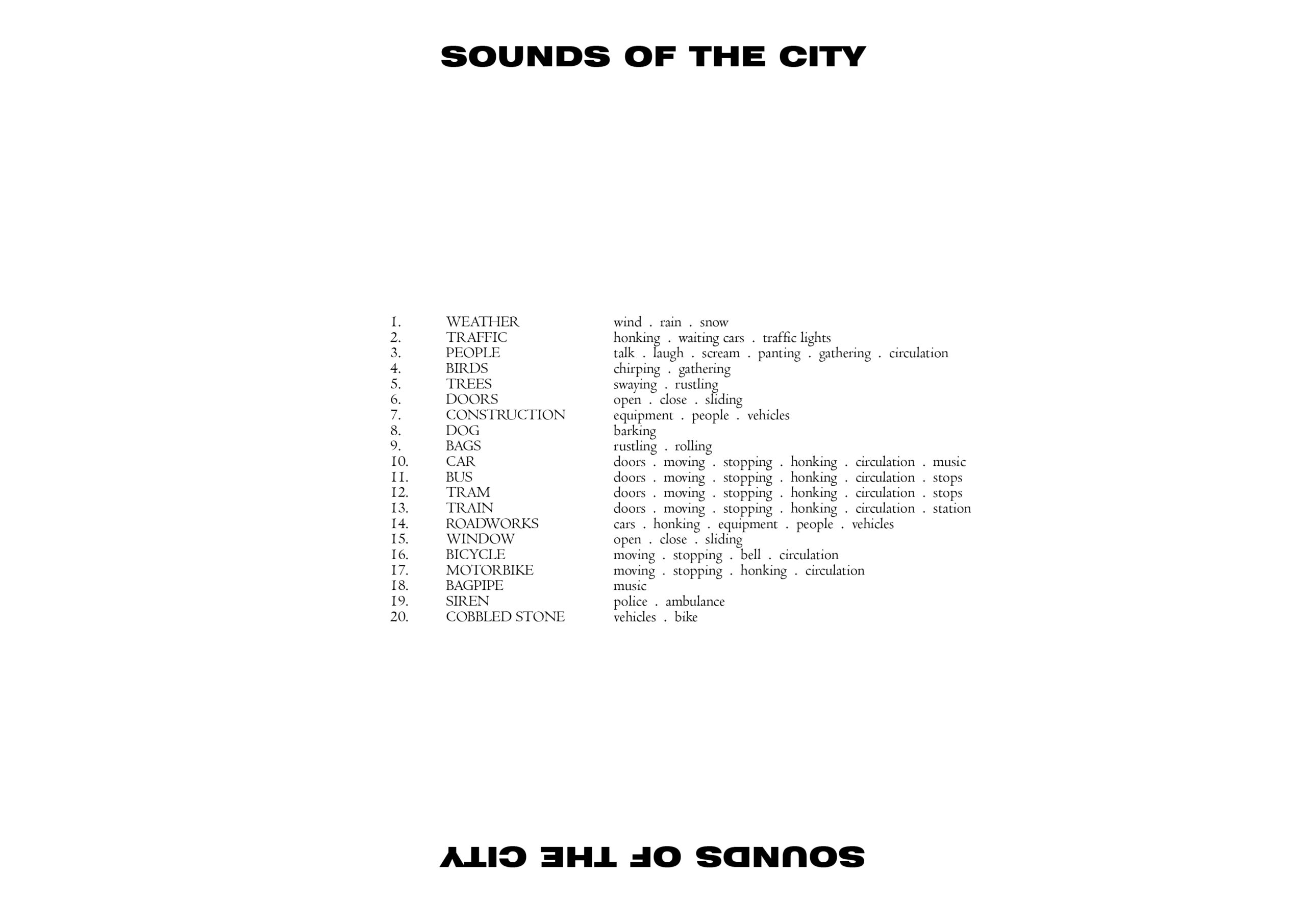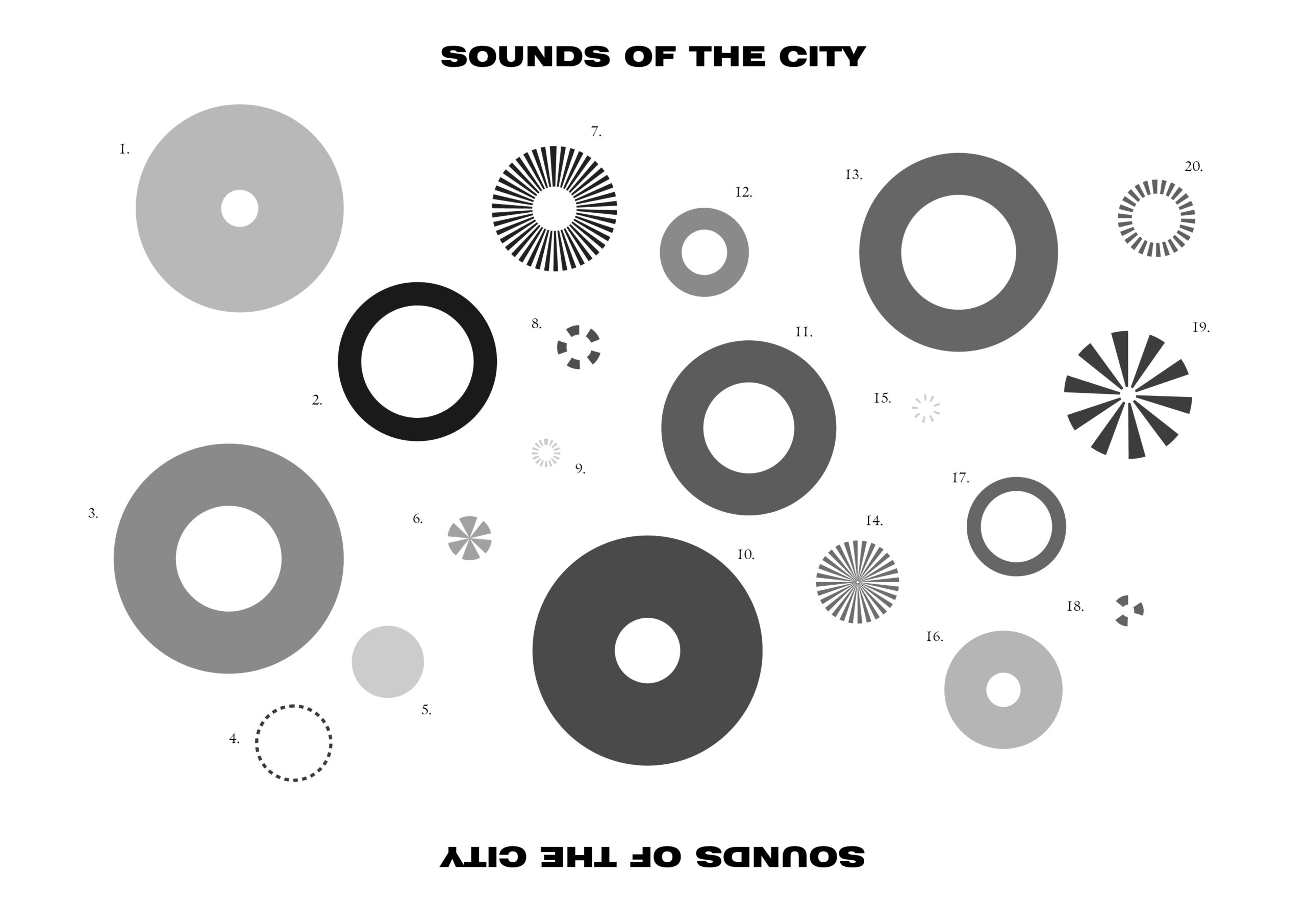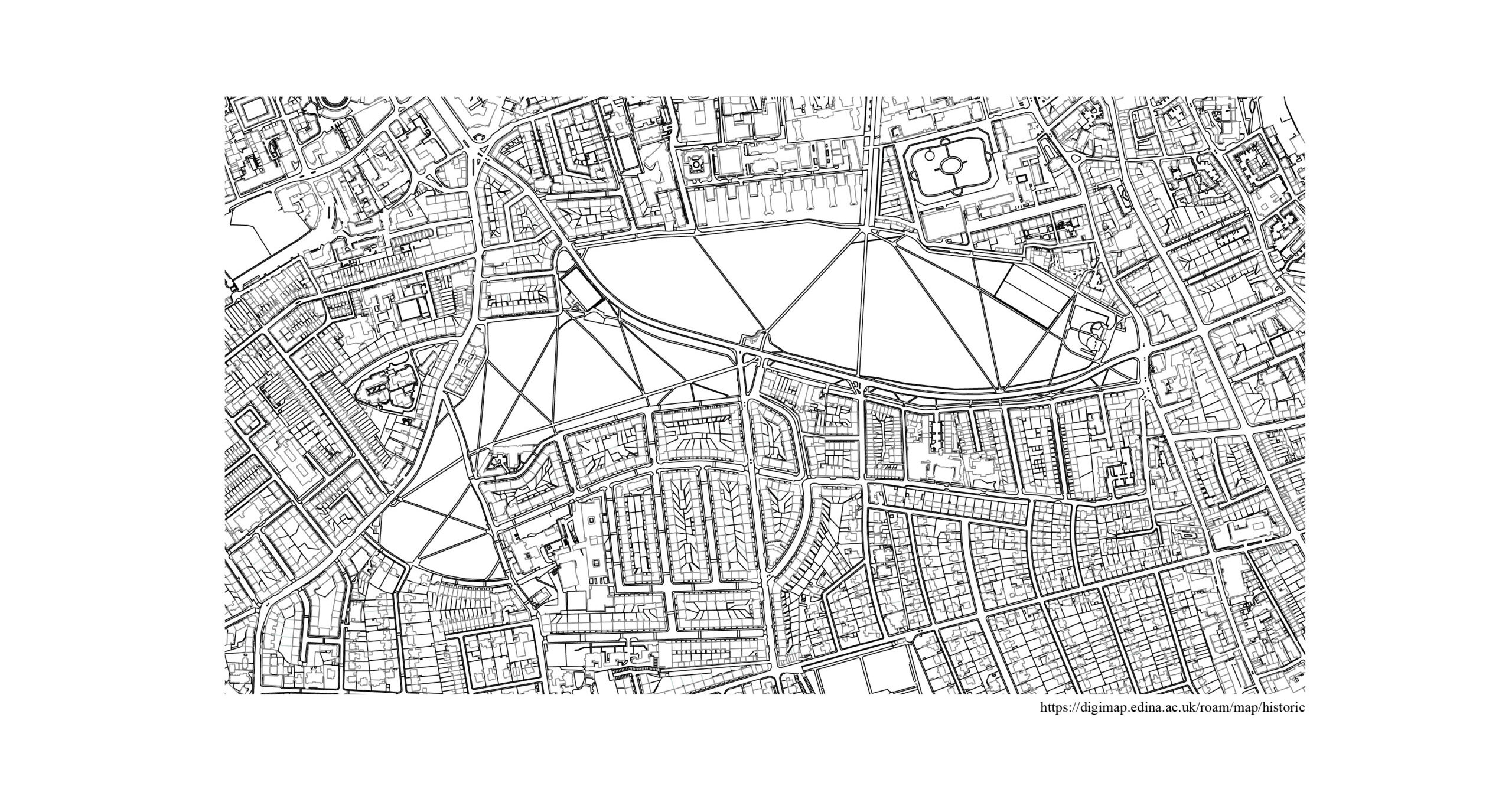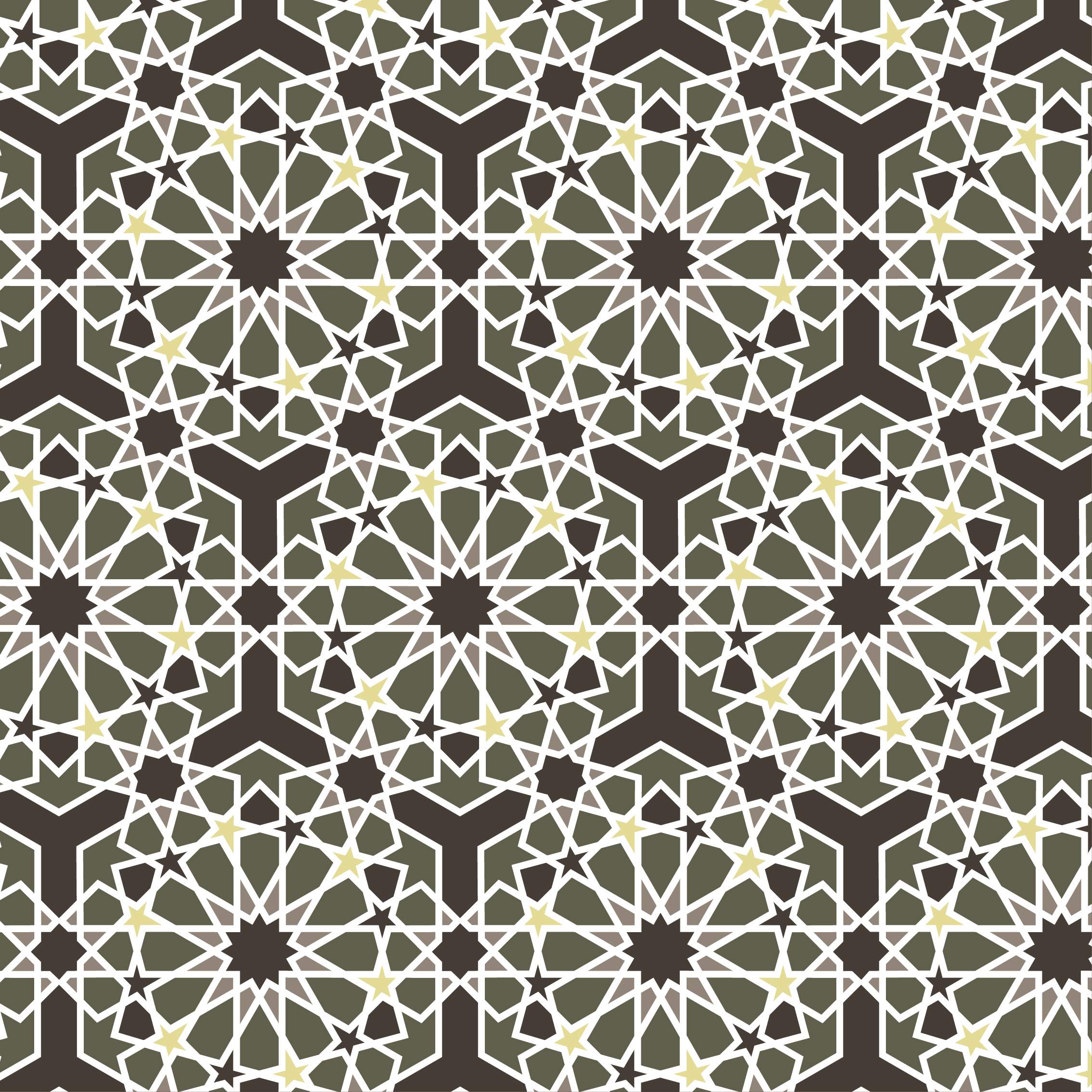WORKING WITH THE FOUND OBJECT
POPPERS
INITIAL PIECES
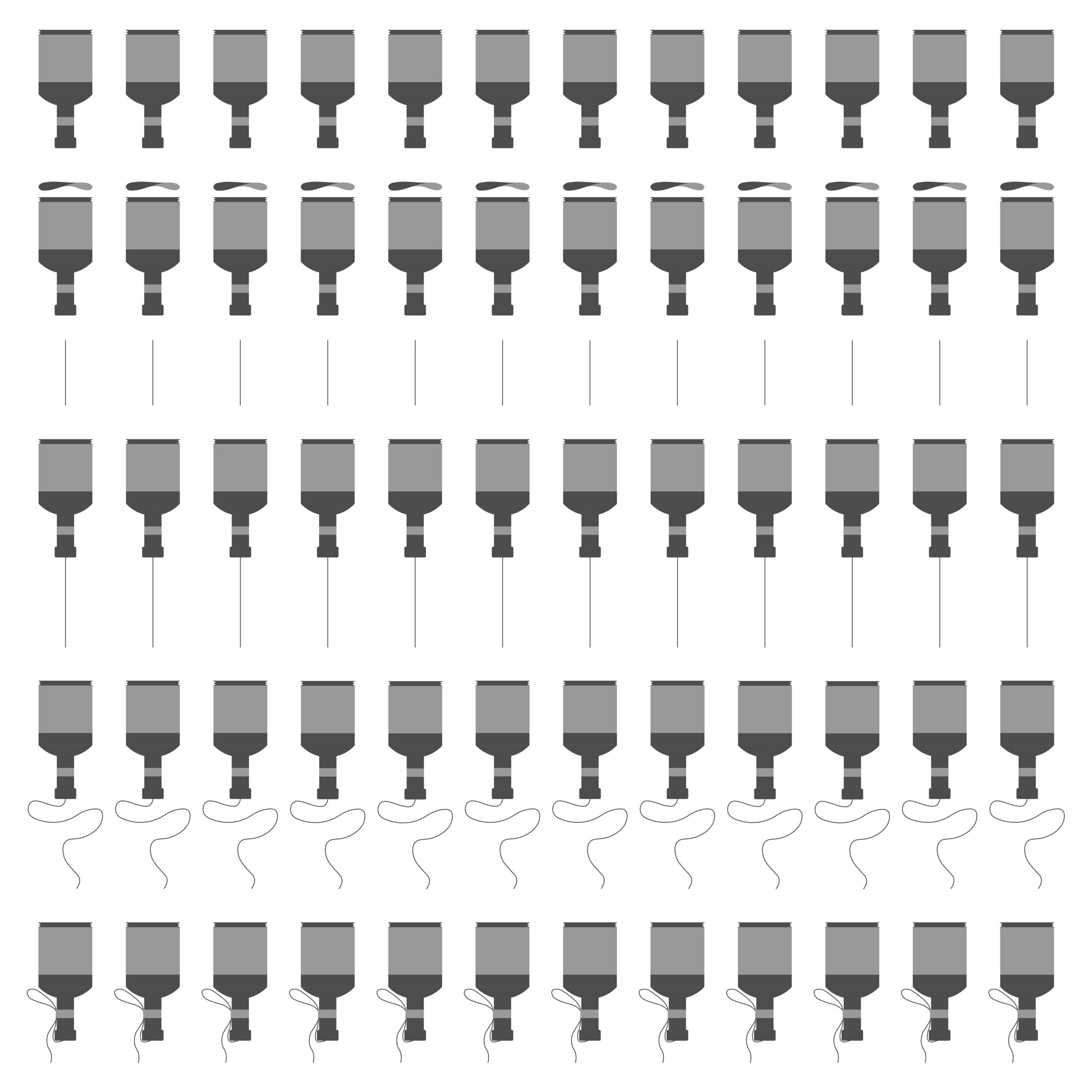
ILLUSTRATION

ILLUSTRATION

GIF
DEVELOPMENT INTO RESOLVED PIECE
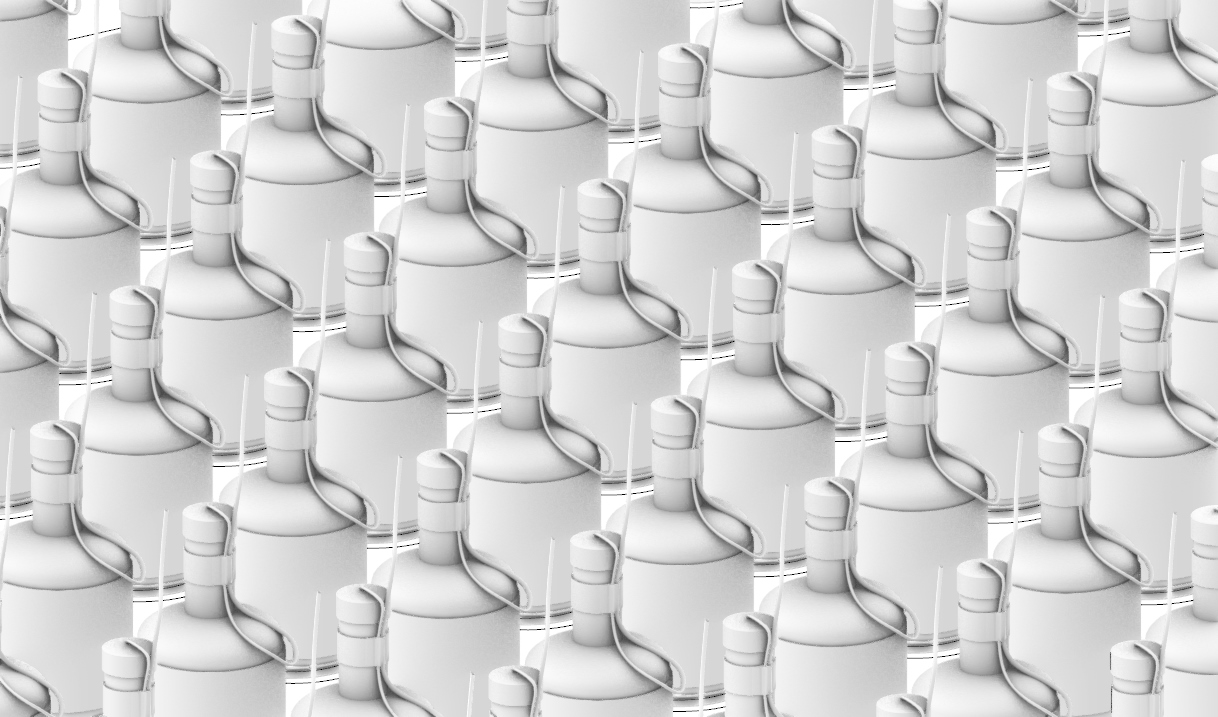 RHINO MODELING
RHINO MODELING

IKEA POSTER – SPRÄNGA
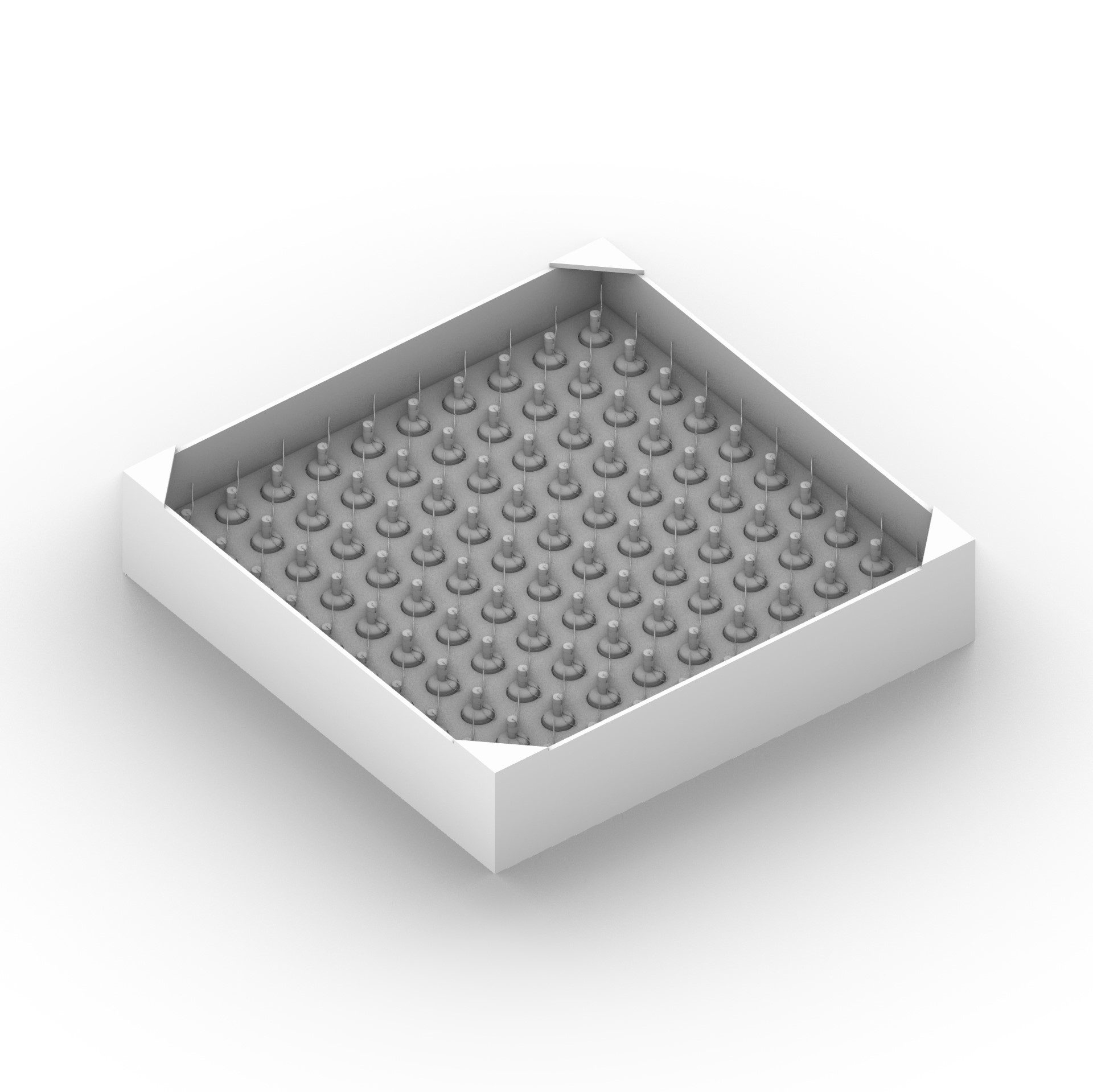
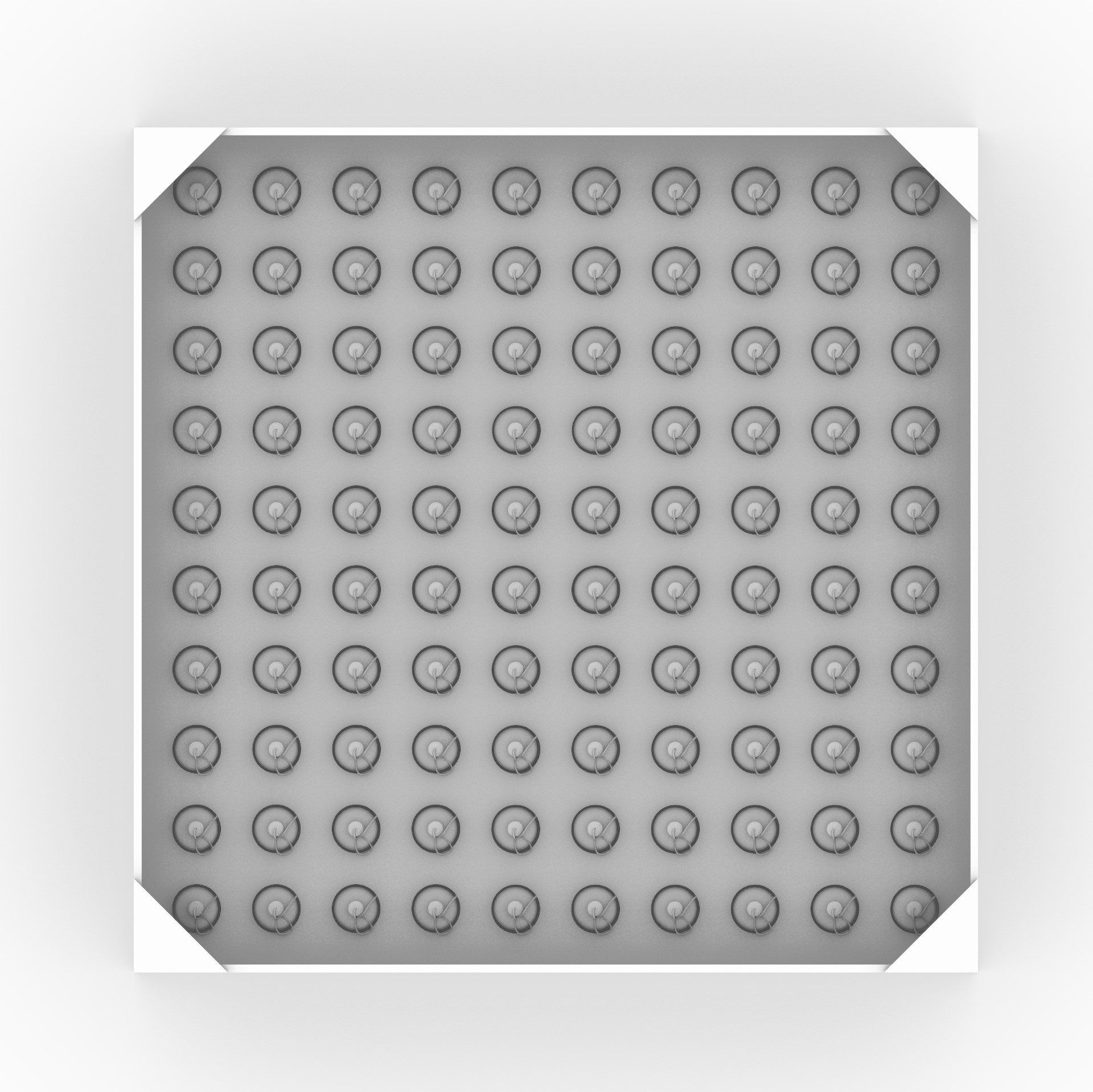
RHINO MODEL OF IKEA SPRÄNGA PACKAGING
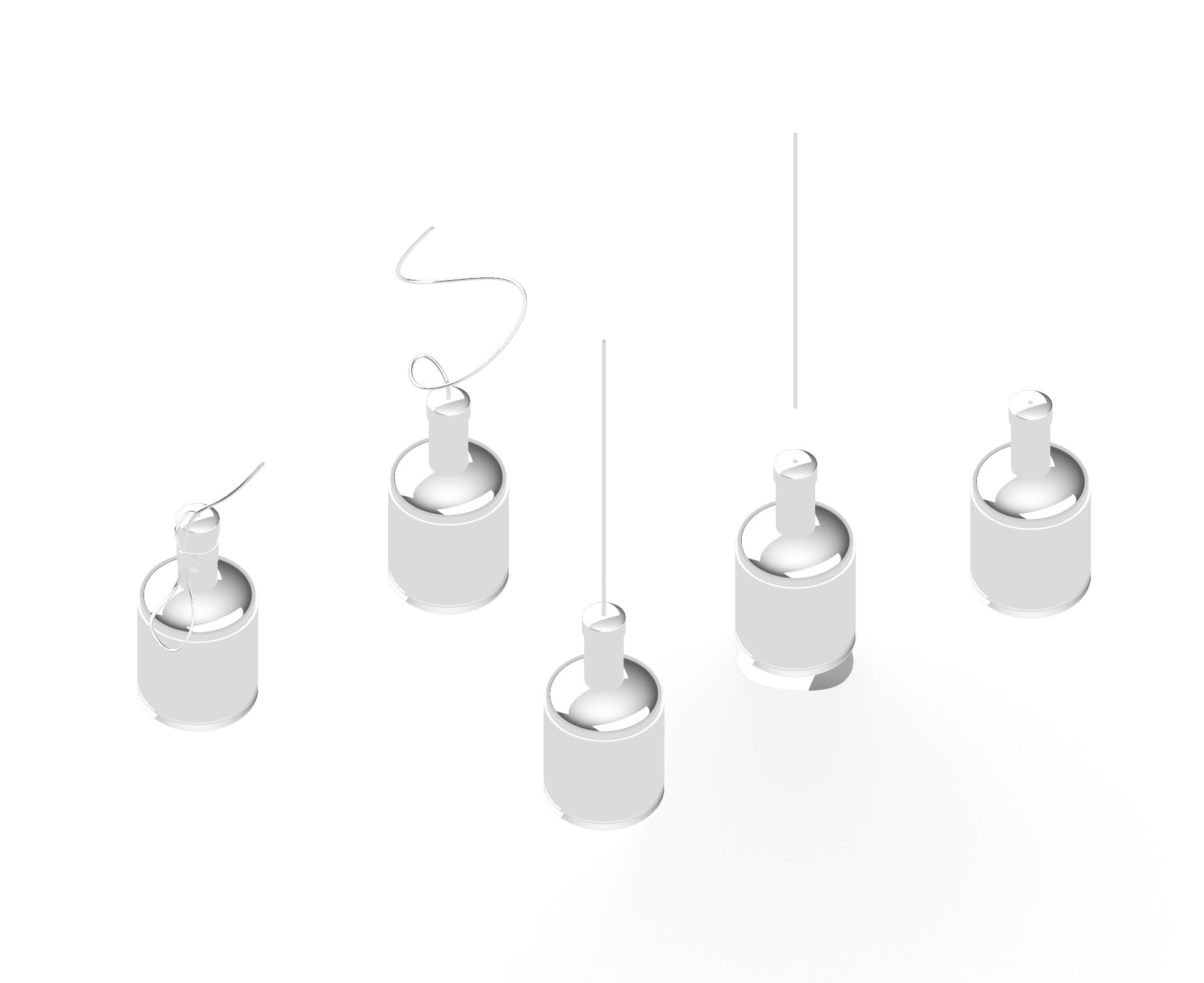
SPRÄNGA MODEL
————————————————————————————————————————
RESOLVED WORK – PARTY POPPER
PDF BOOKLET INSPIRED BY IKEA – SPRÄNGA
PDF BOOKLET INSPIRED BY THE WORK OF RICHARD SERRA
———————————————————————————————————————–
OTHER WORK FROM WORKING WITH THE FOUND OBJECT
LAMPSHADE
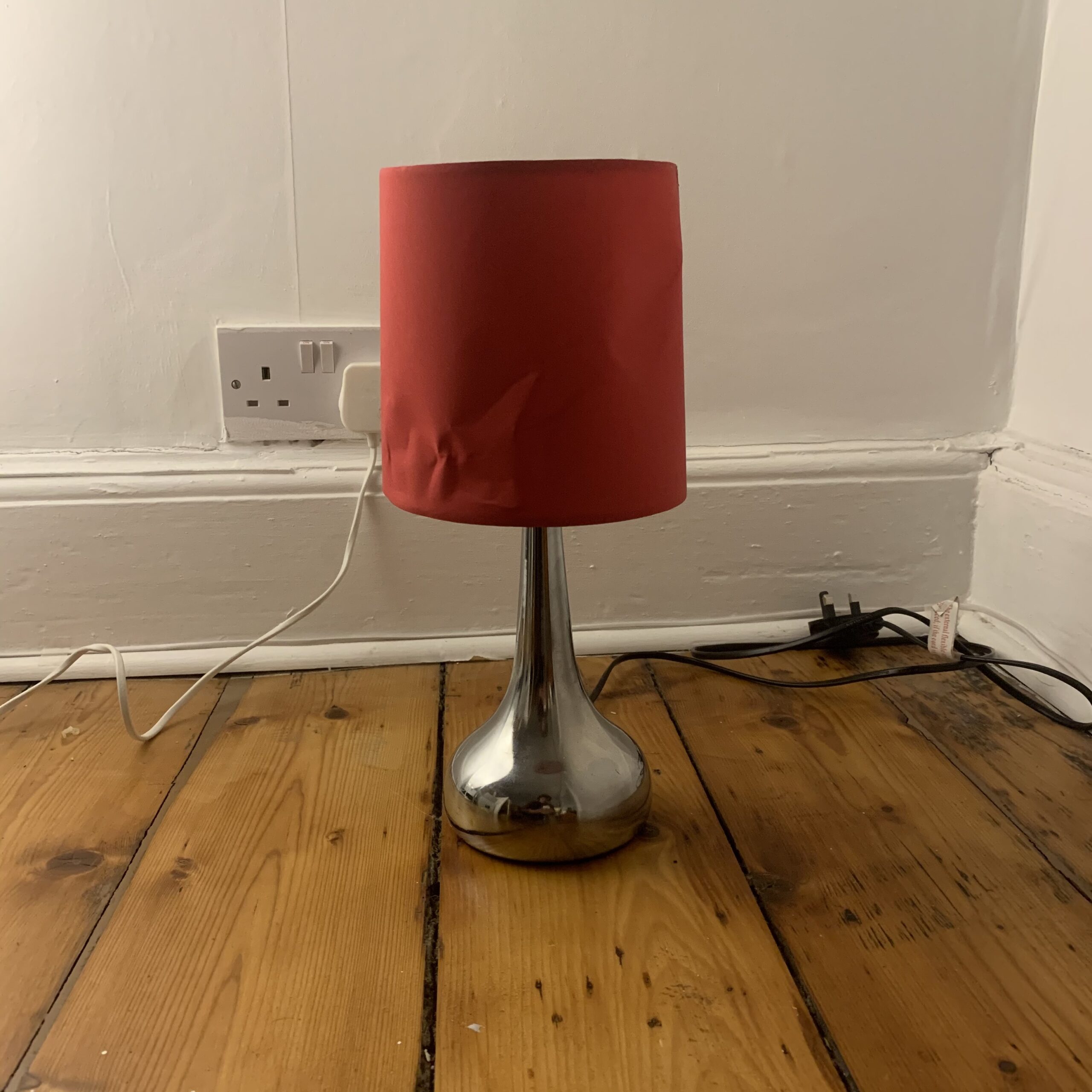
INITIAL
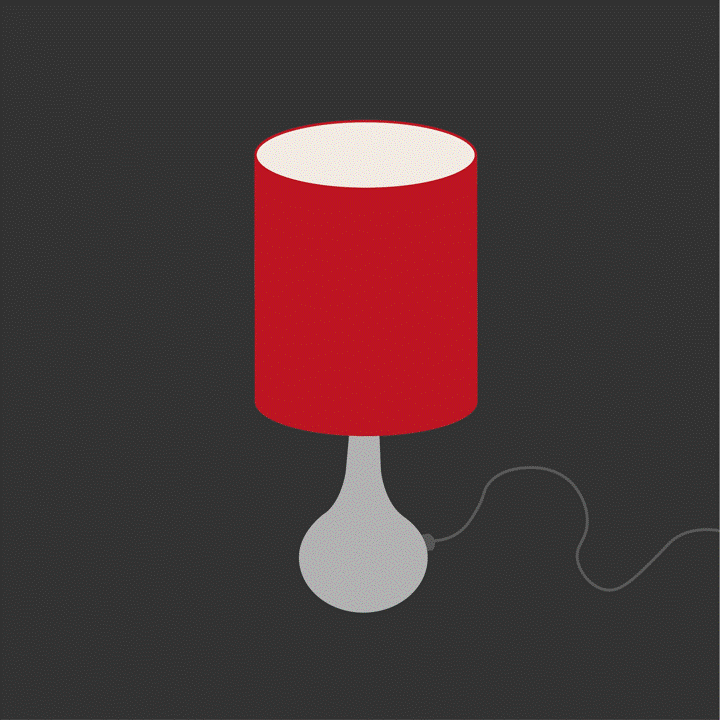
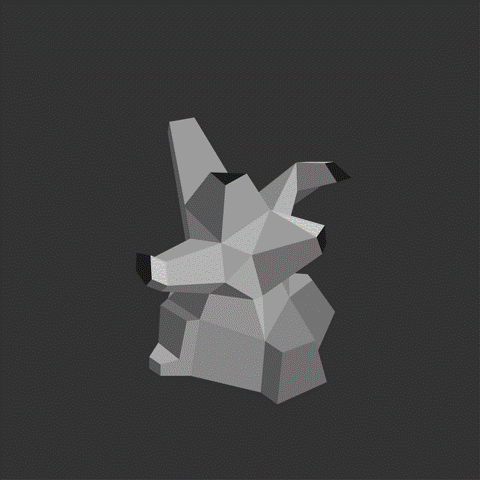
GIFS DEPICTING ALTERATION
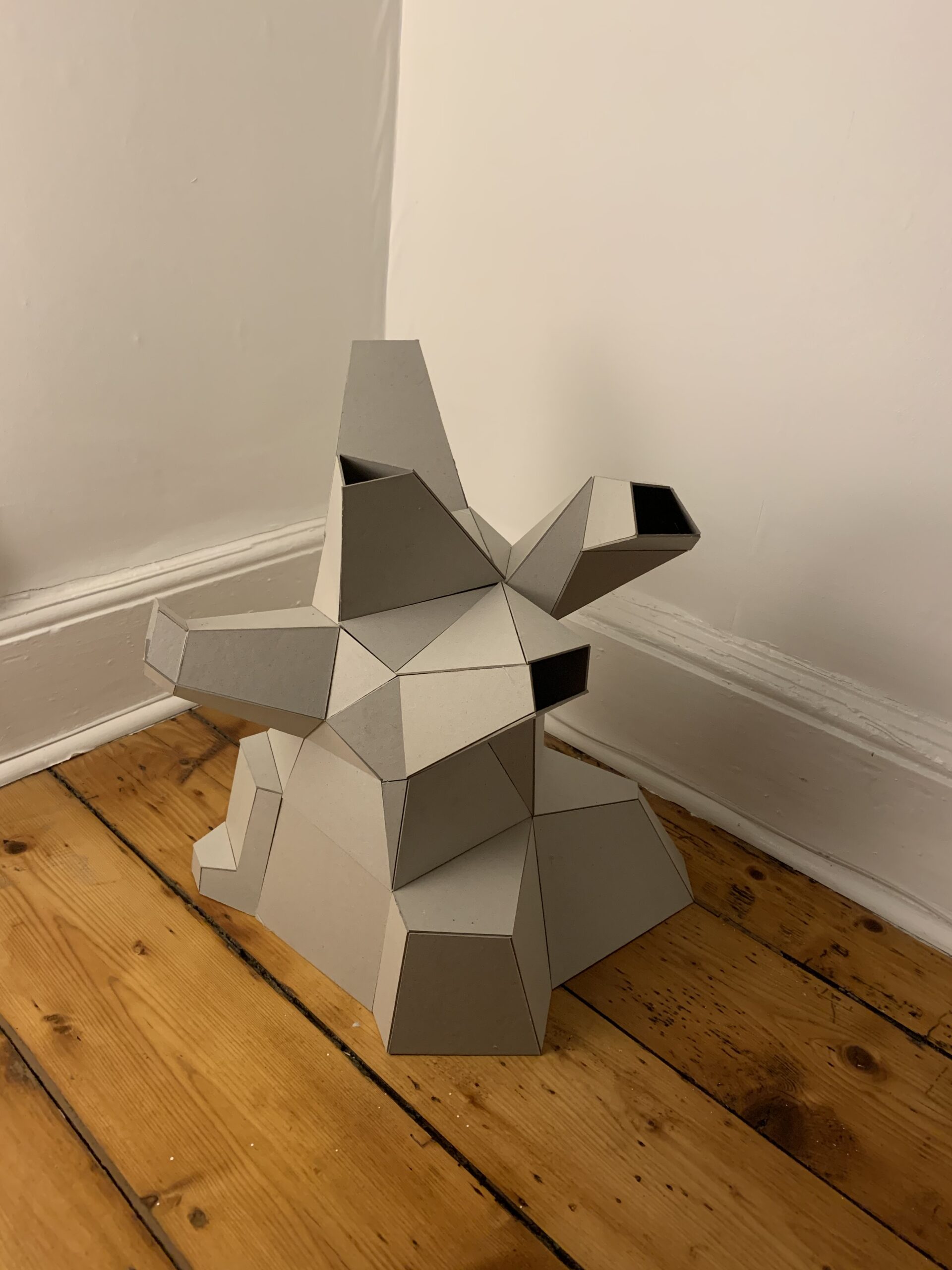
NEWLEY FASHIONED LAMPSHADE
TRASH
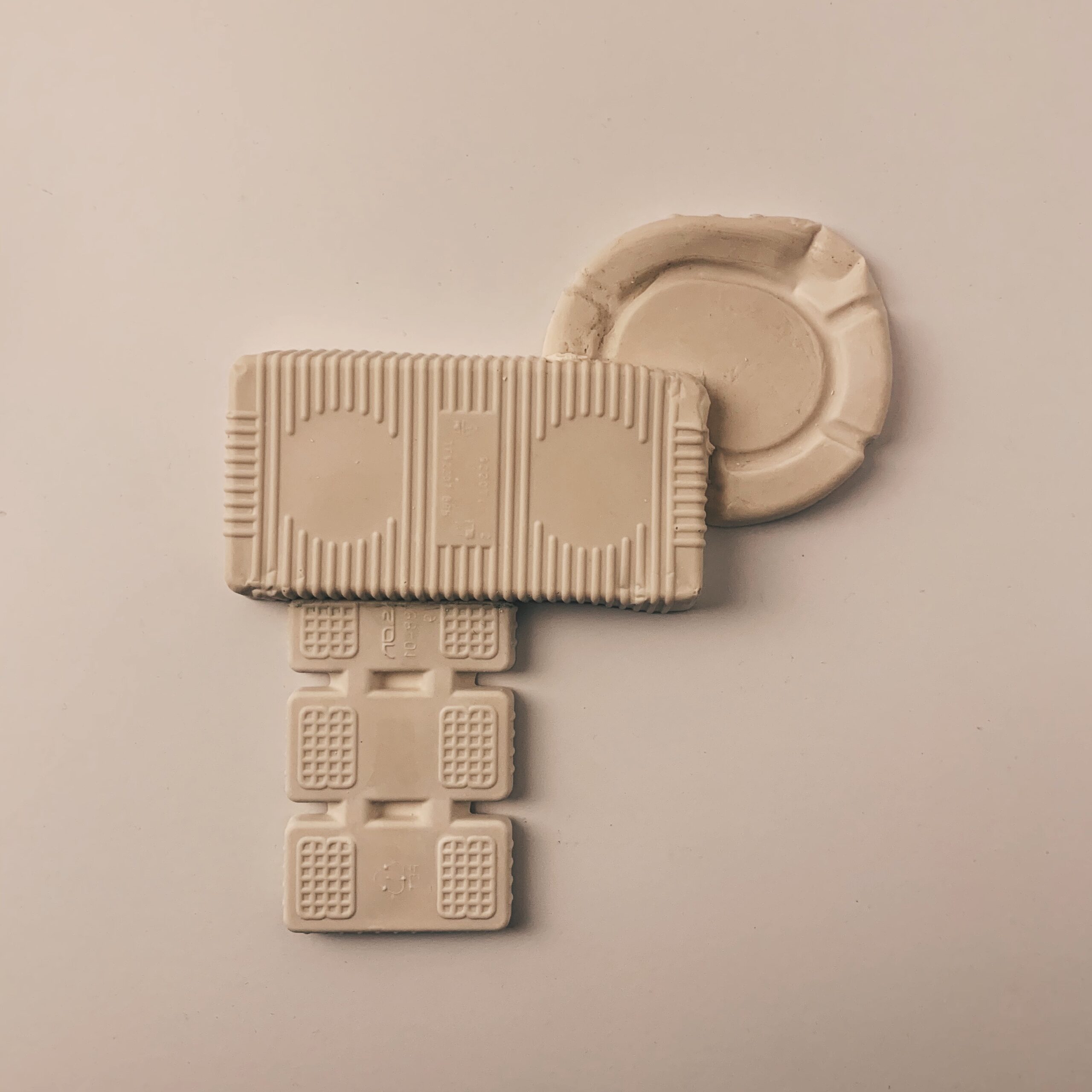
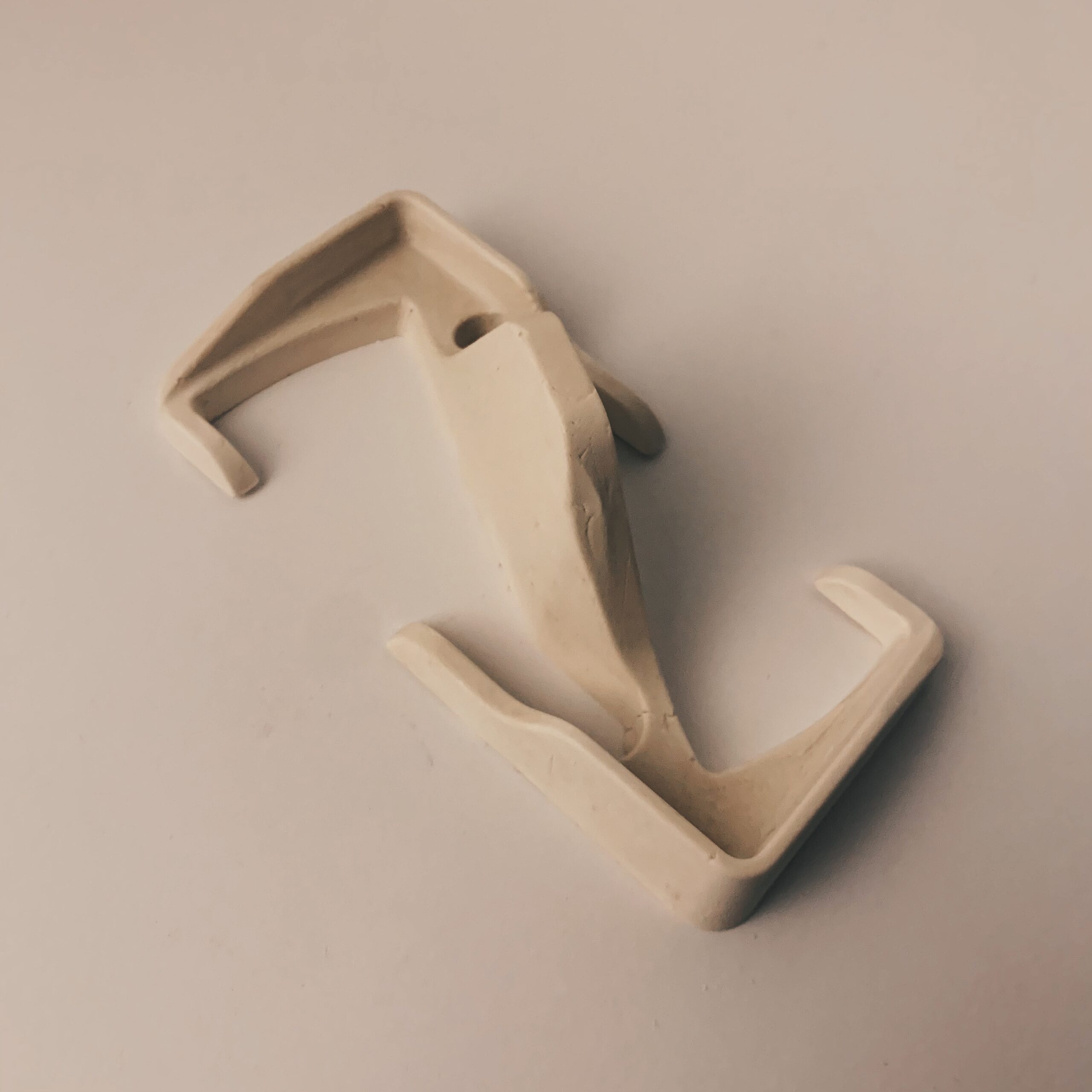
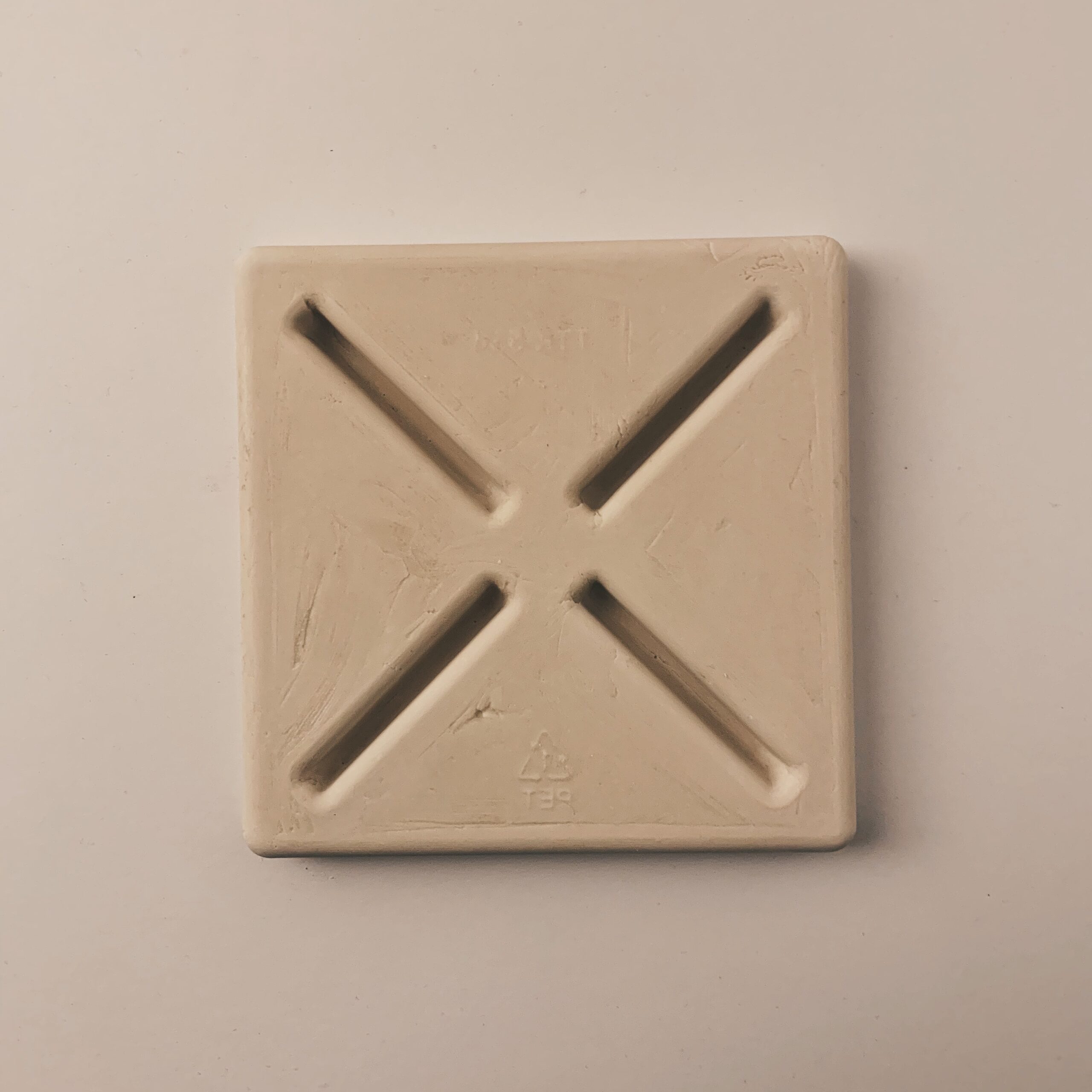
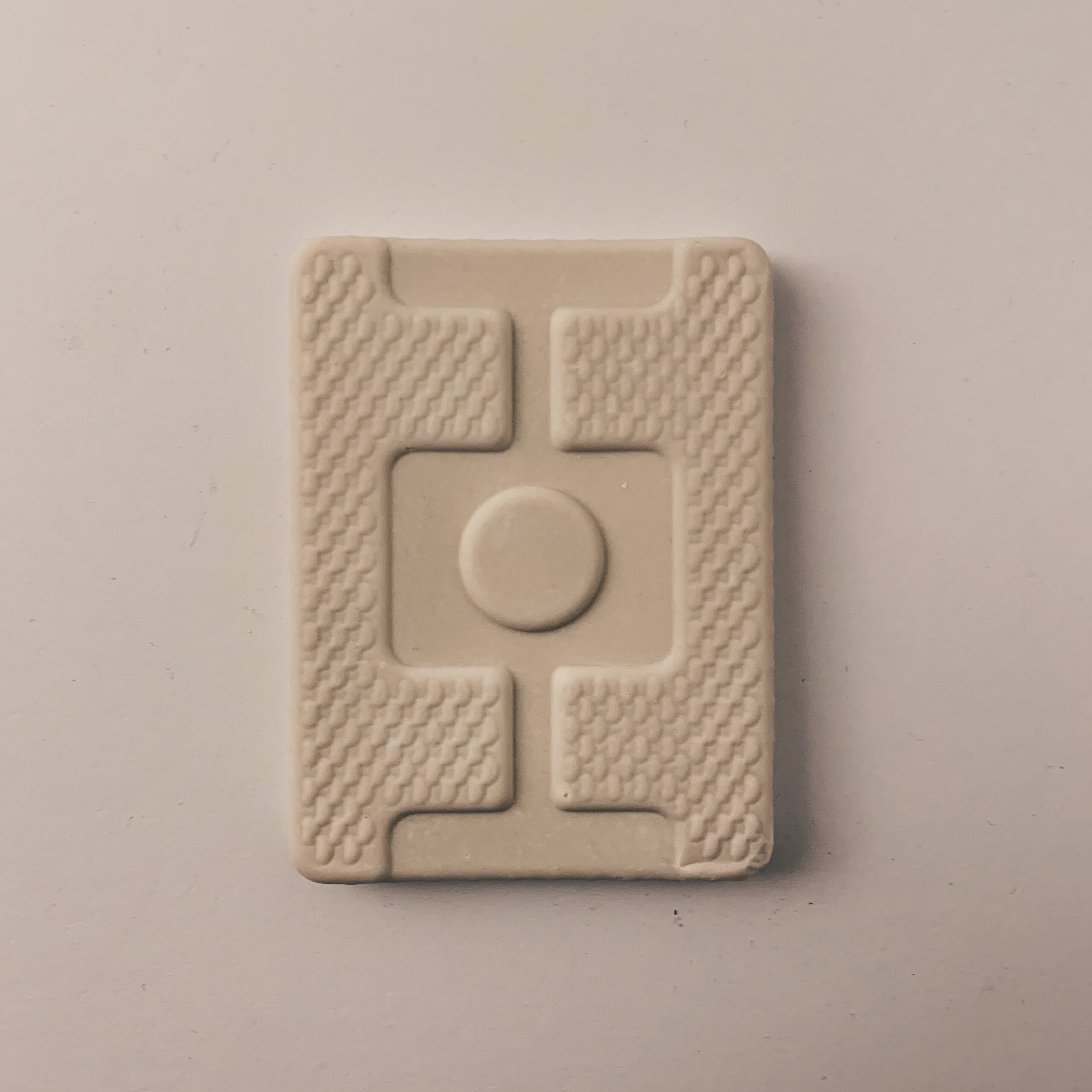
CASTING OF SINGLE-USE PLASTICS INSPIRED BY RACHEL WHITEREAD
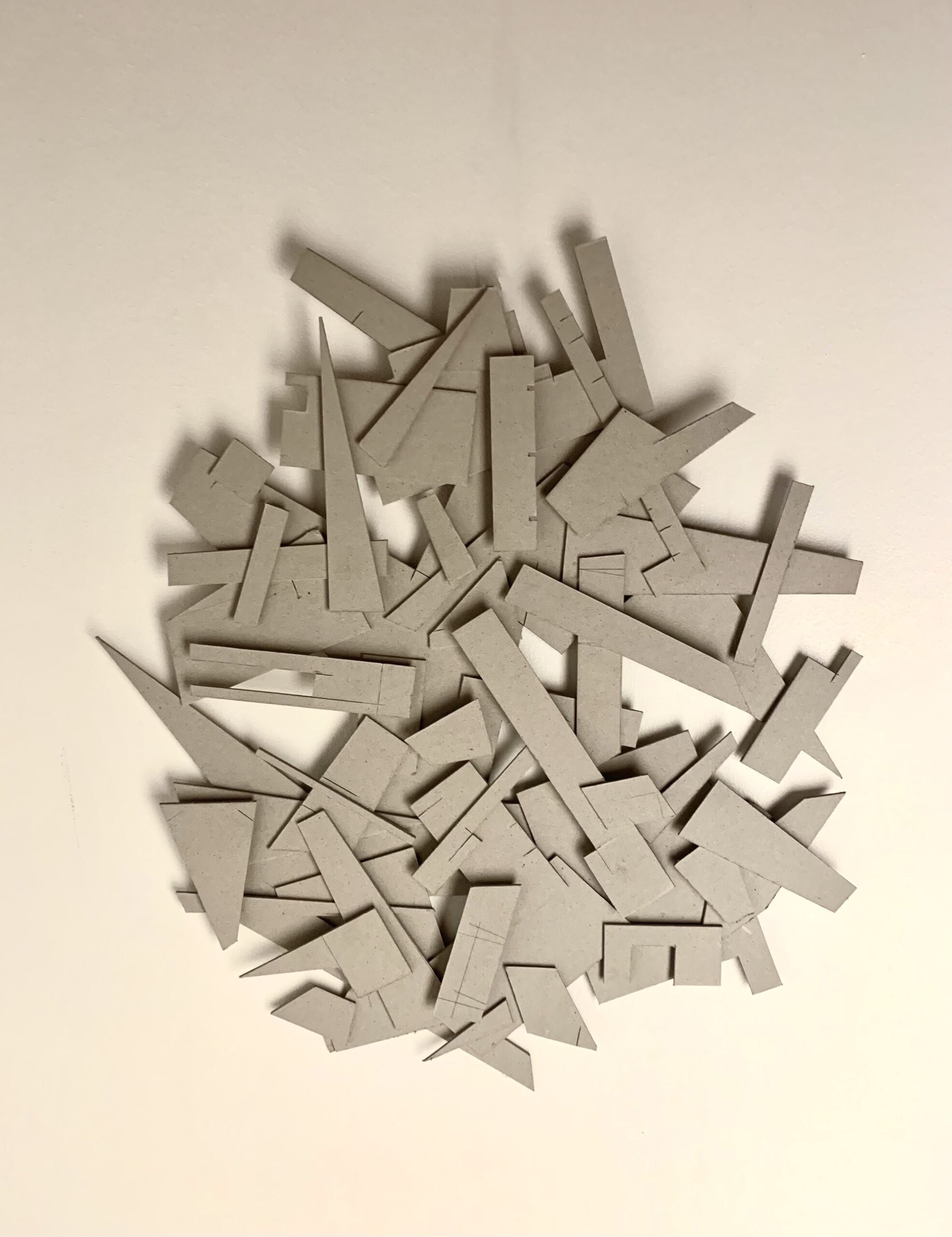
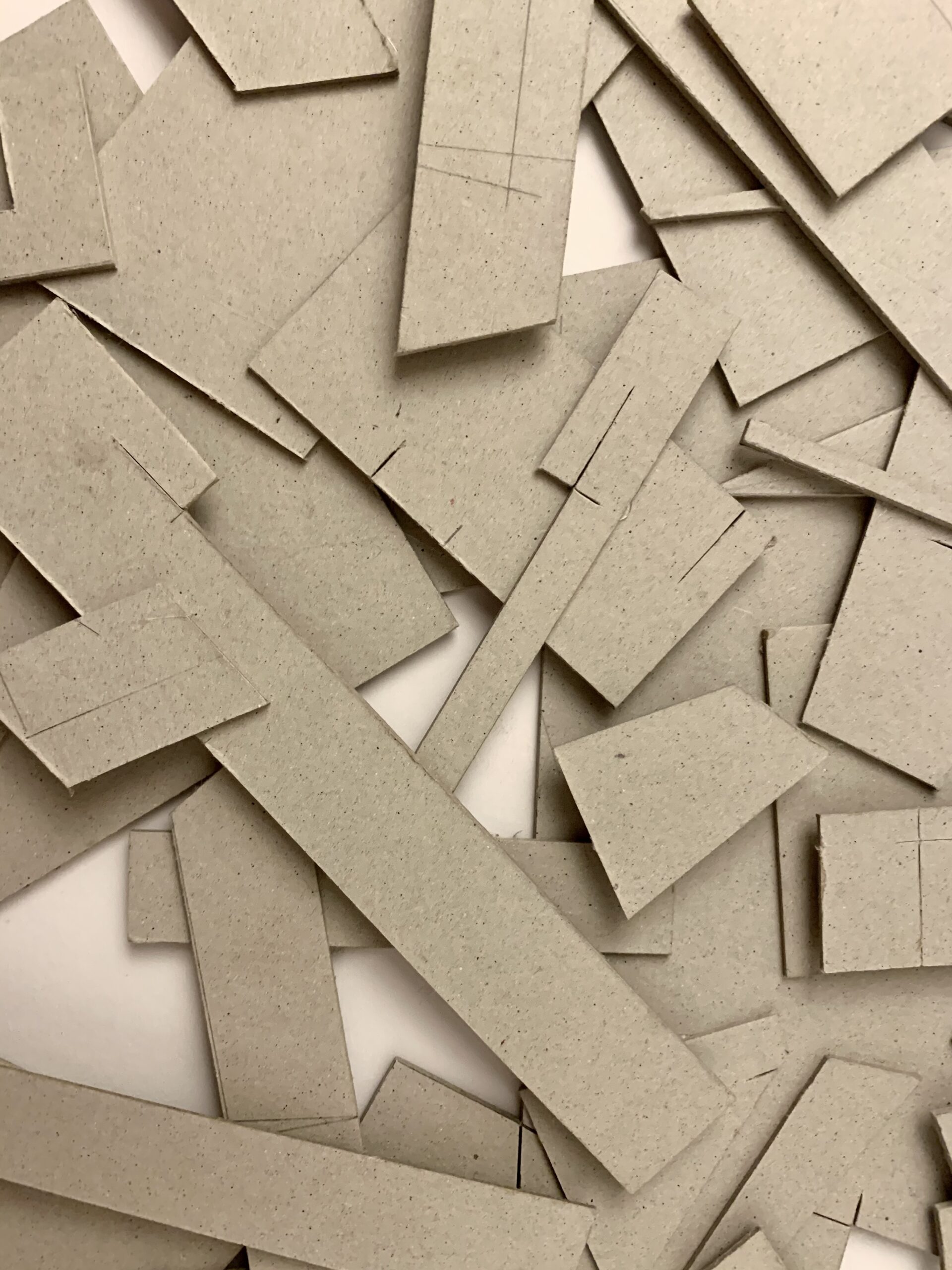
ASSEMBLAGE OF TRASH INSPIRED BY CORNELIA PARKER
REFLECTIVE STATEMENT – WORKING WITH THE FOUND OBJECT
Over this course, I’ve aimed to explore a number of topics that I believe are important and relevant, whilst keeping a common thread running throughout. One such topic reflects upon single-use plastics and other materials that contribute to the vast quantities of waste that the planet has to deal with. This I do through my projects Party Poppers and Trash. Using repetitive imagery, I allude to the impacts and consequences of mass production, and the never-ending consumption cycle which supports and drives it. Through my plaster-casting, I aim to demonstrate the permanency of the impacts of our throw-away culture, whilst working with items that often have a useful lifespan of just a few seconds (e.g. a popper). Whilst many organisations and people are focused on the environment, the continued growth in consumerism remains a recurring and growing predicament. And through my lampshade, I could, metaphorically, be redirecting/ highlighting new paths that we could/ should take.
———————————————————————————————————————–
MAKING AND BREAKING NARRATIVE
———————————————————————————————————————–
ISLAMIC GEOMETRIC PATTERNS
INITIAL PIECES
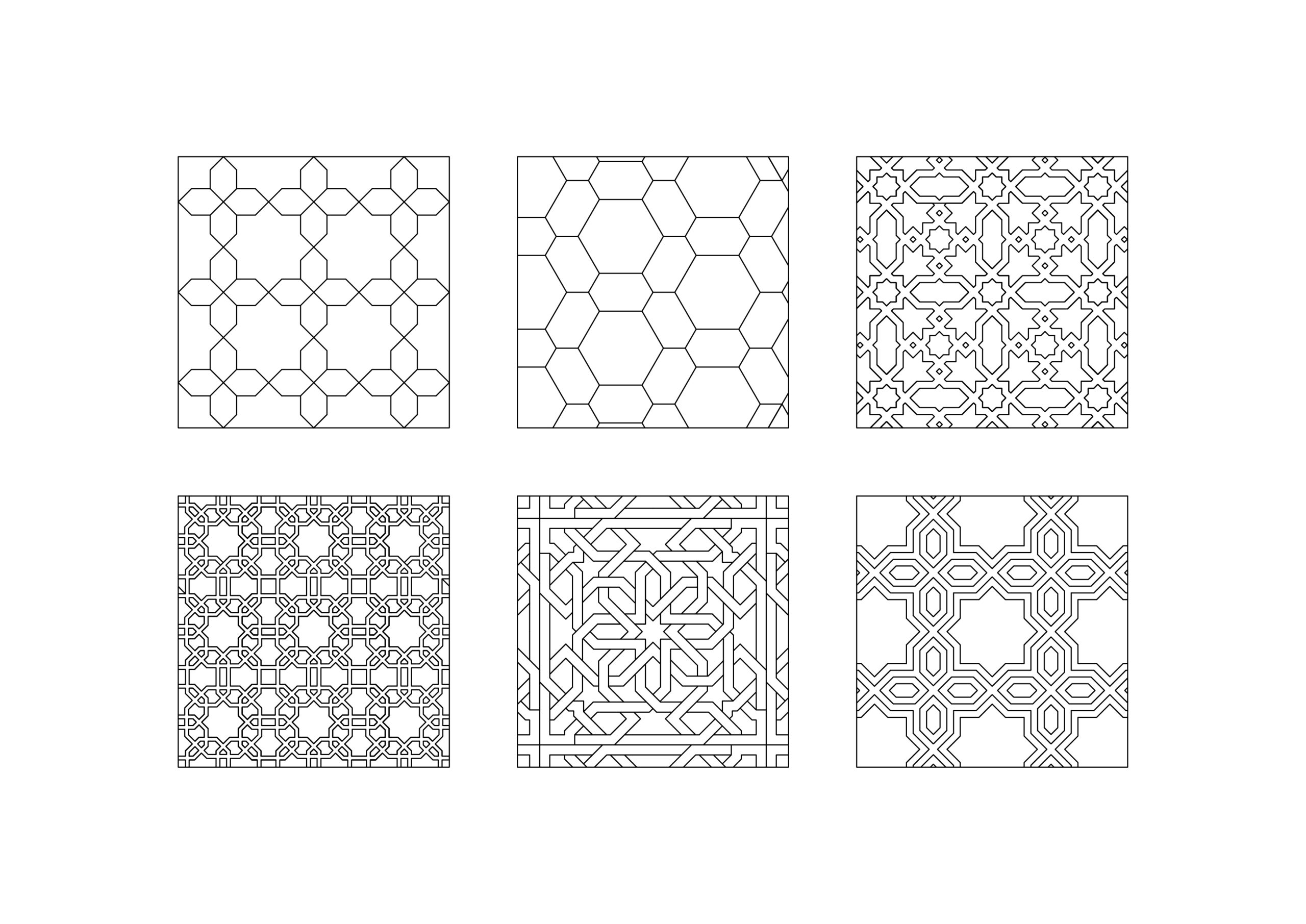
LINE DRAWING OF PATTERNS
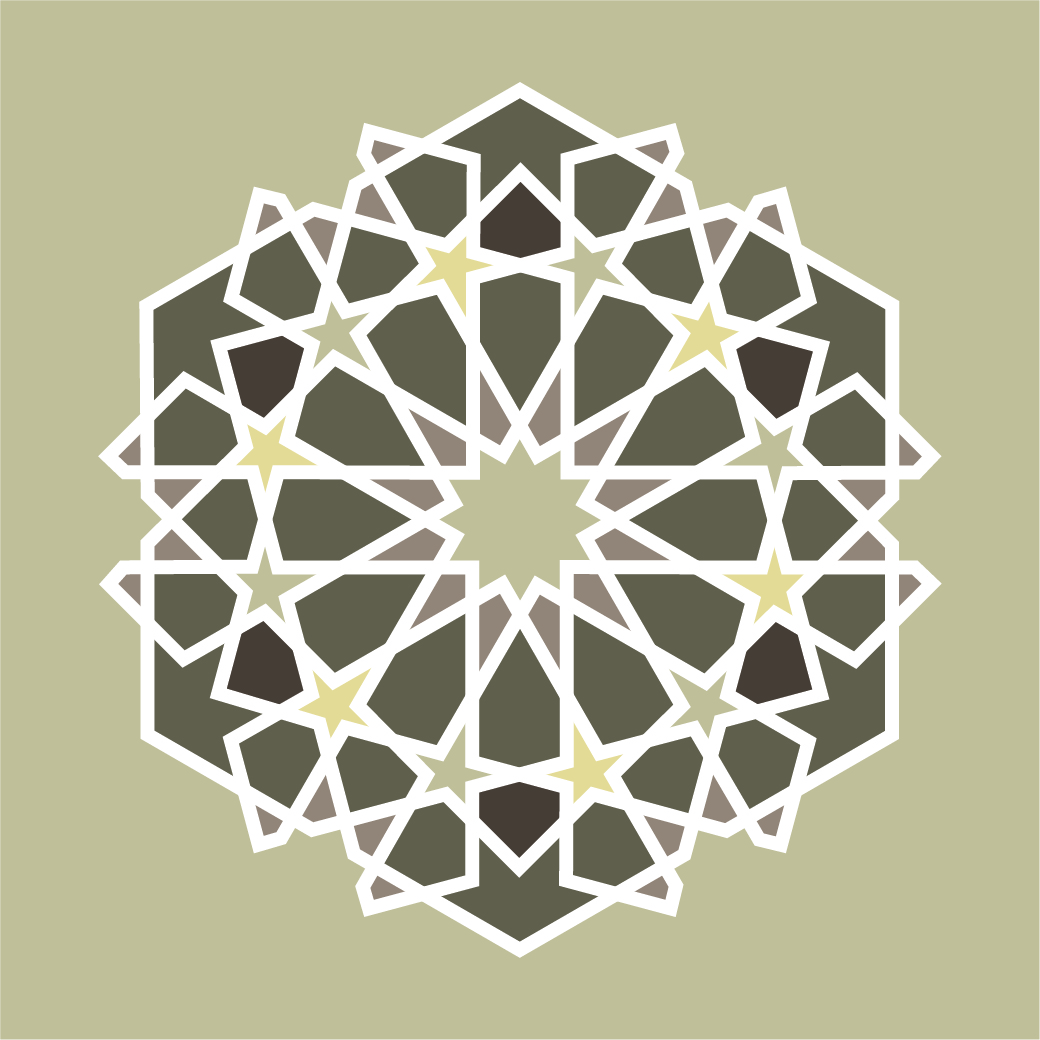
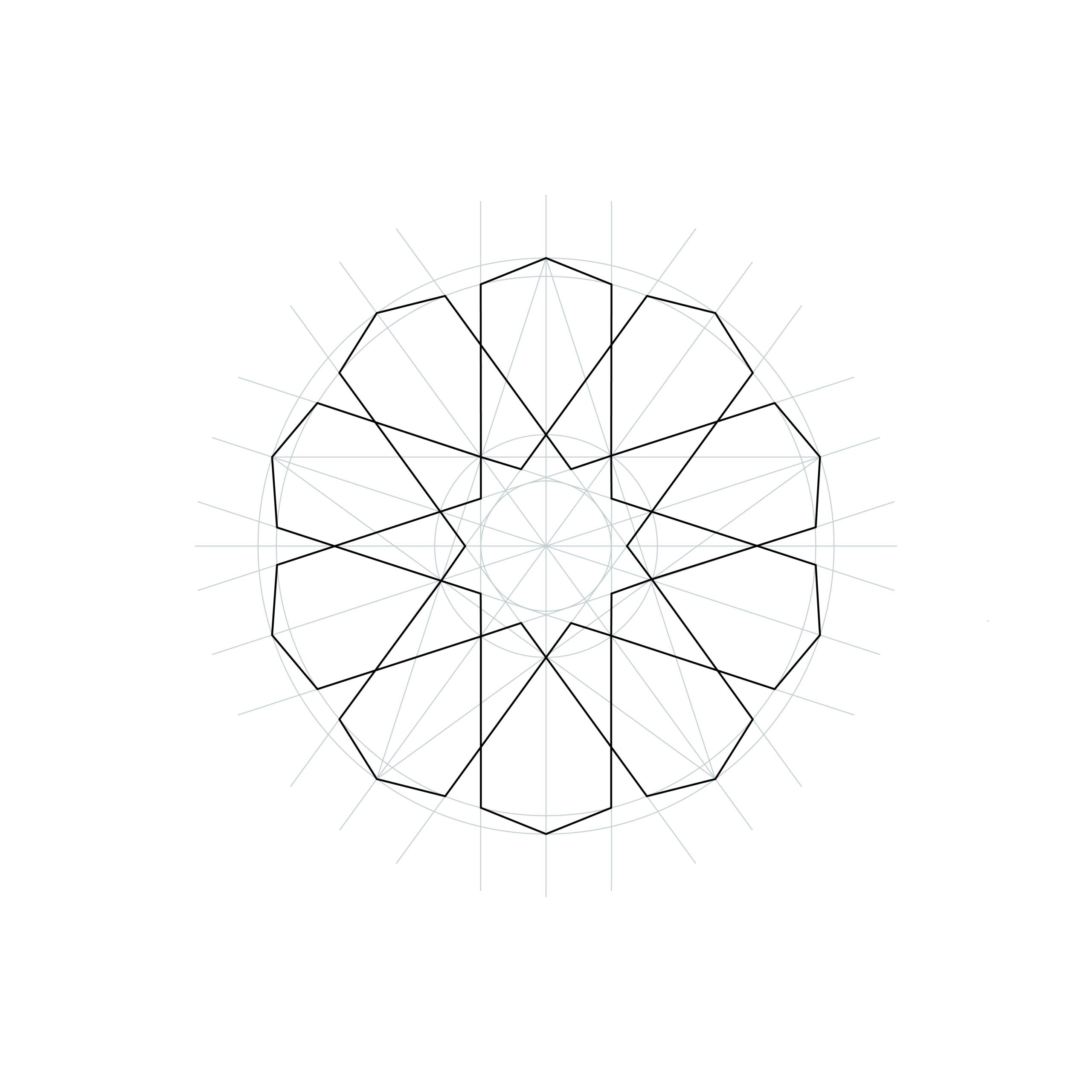


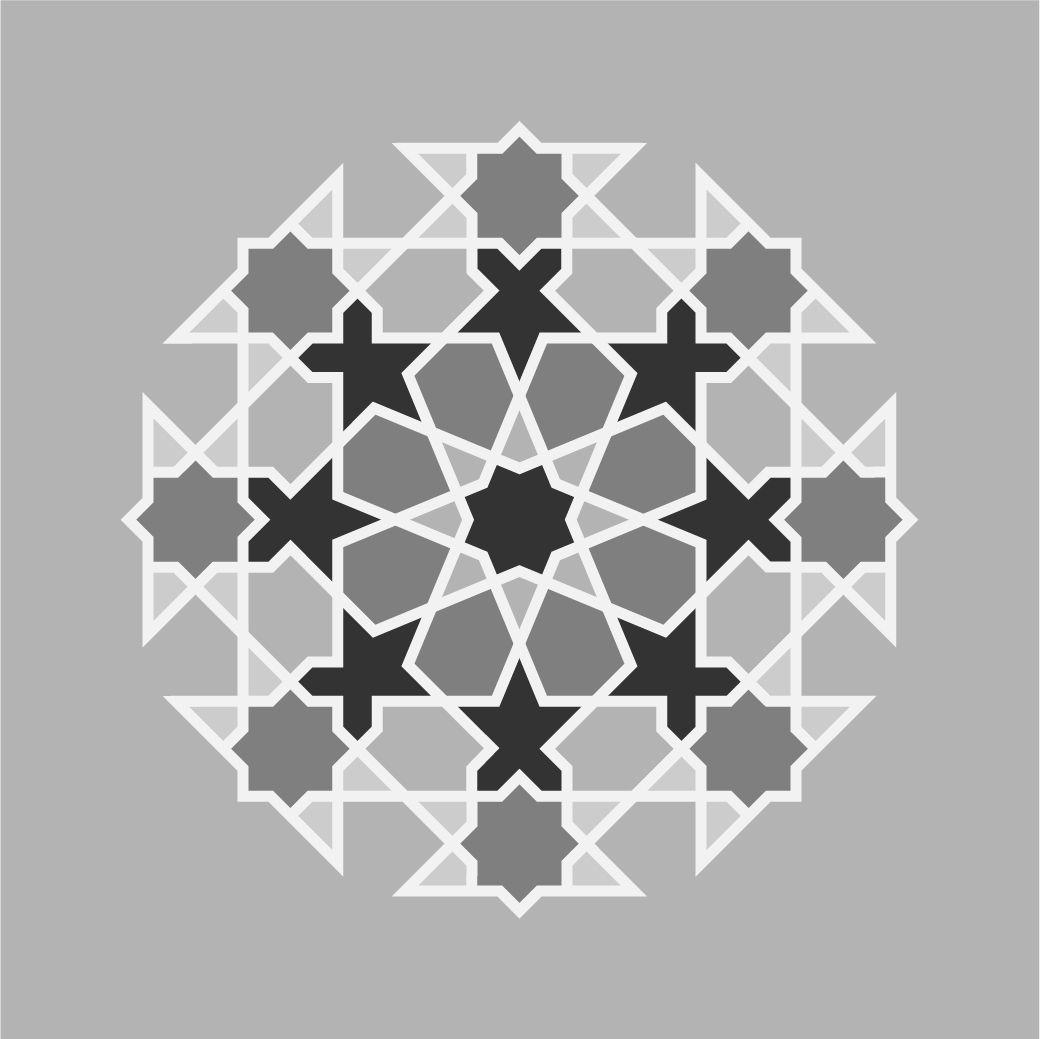
ILLUSTRATION OF STUDIES
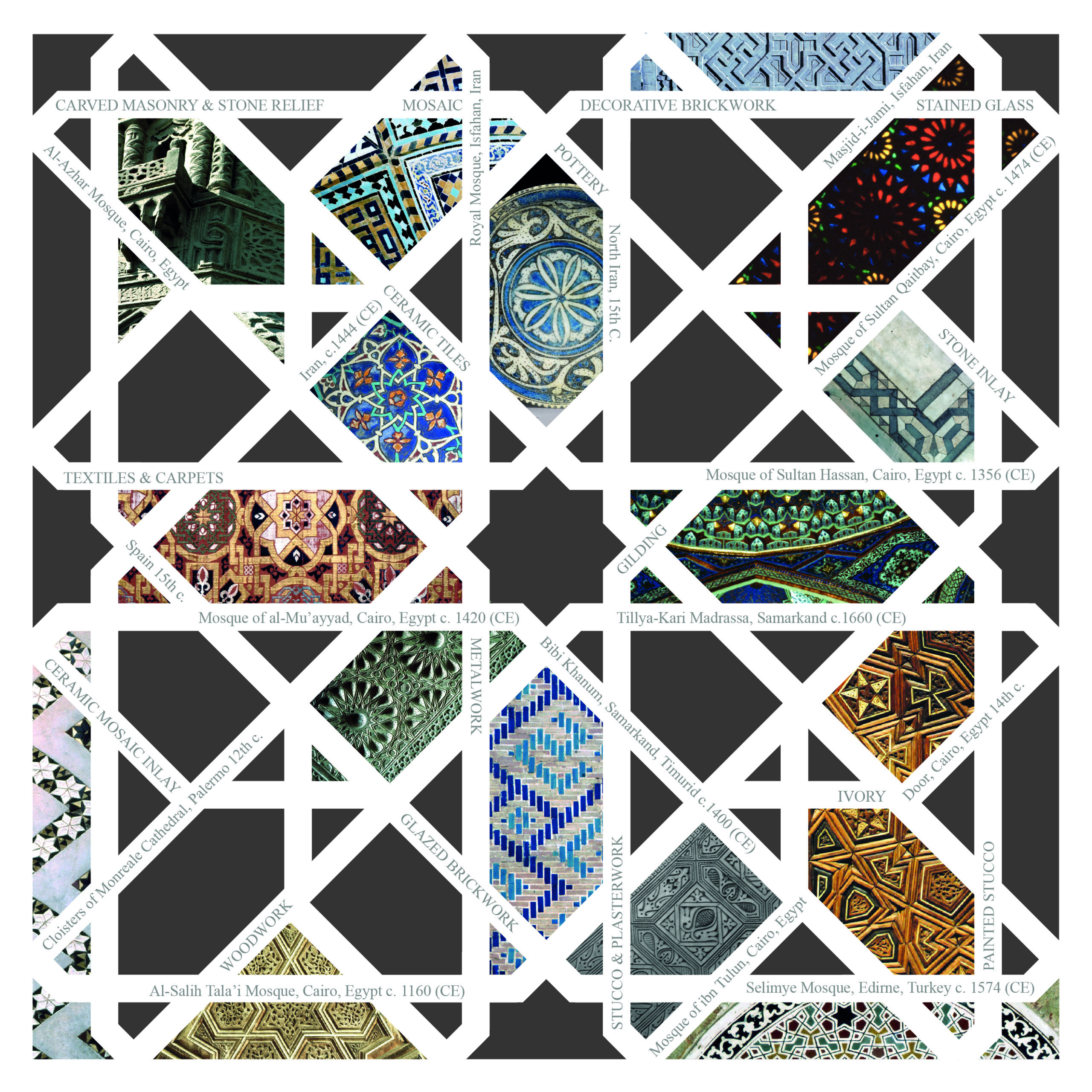
MEDIUMS OF ISLAMIC GEOMETRIC PATTERNS
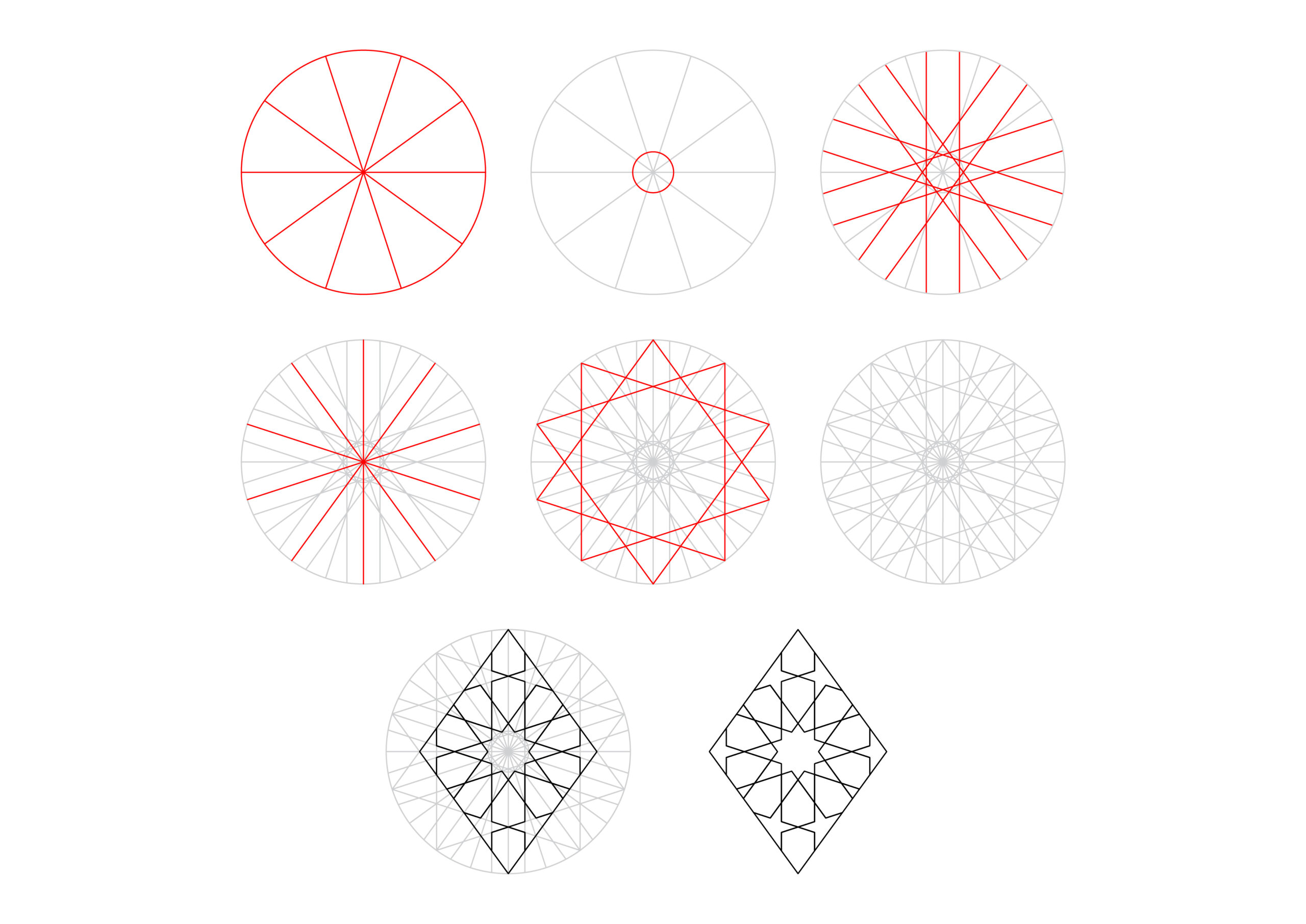
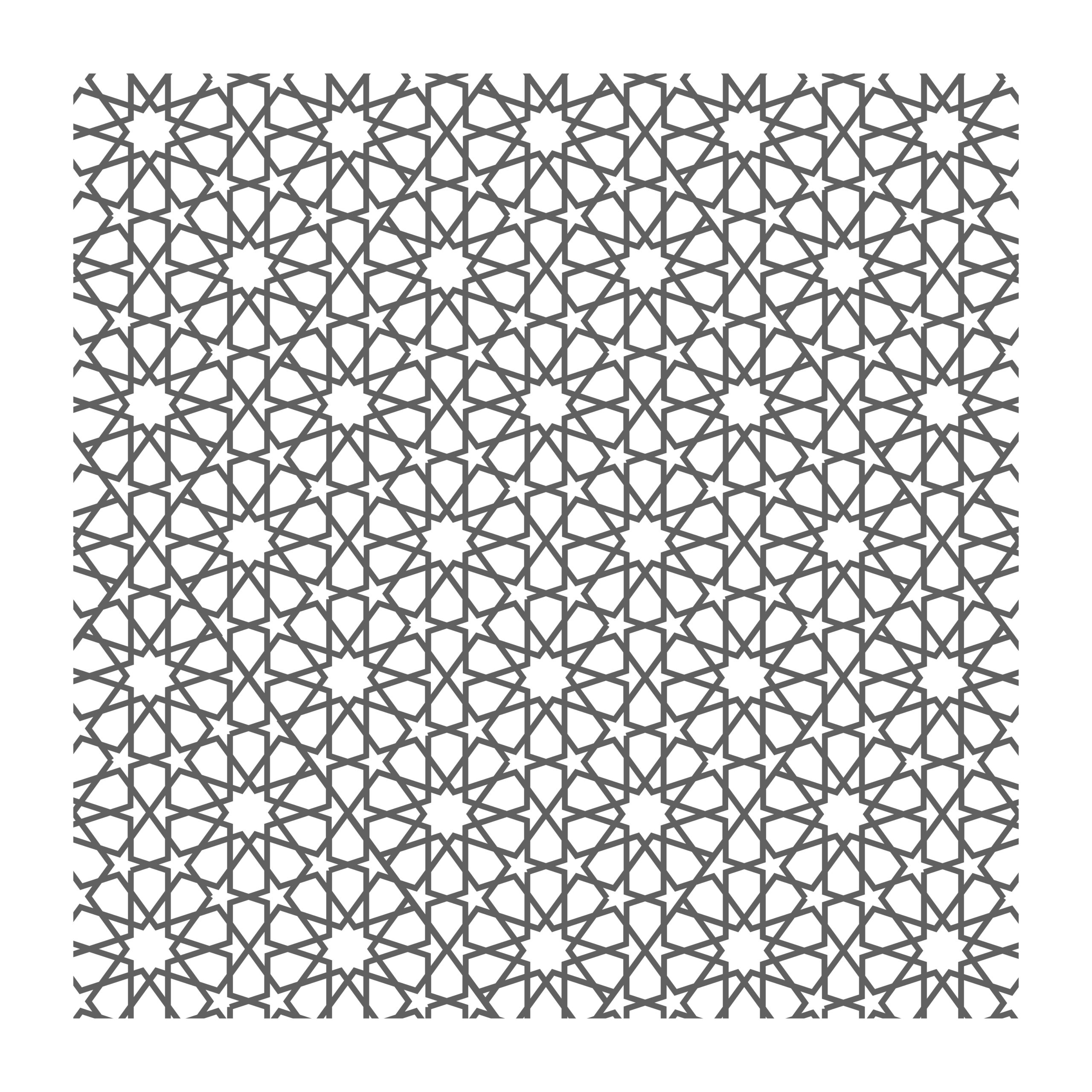

STAR STUDY
SUB-PROJECT: CHAOS

EXTRACTED SHAPES FROM PATTERN NO.1
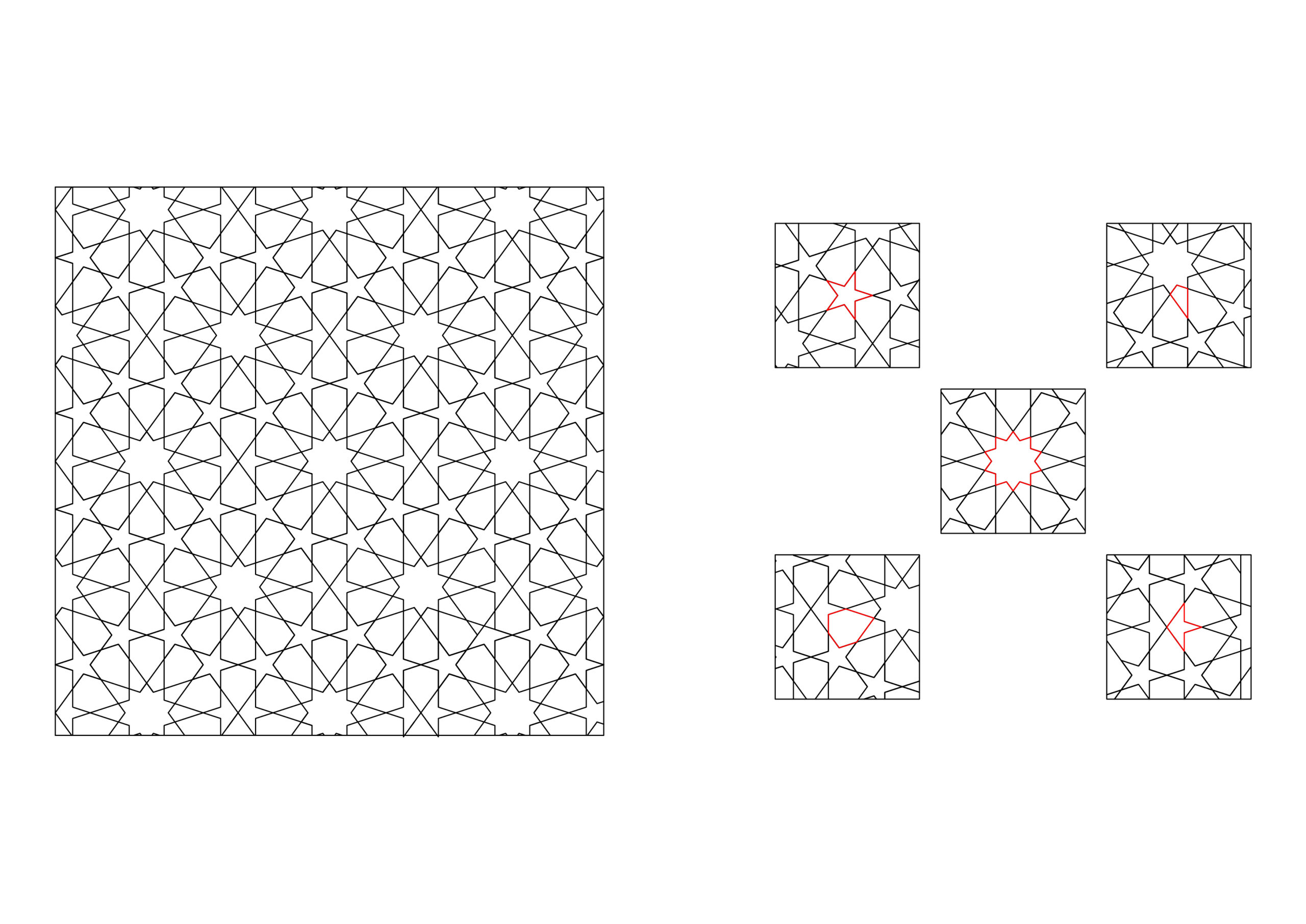
EXTRACTED SHAPES FROM PATTERN NO.2
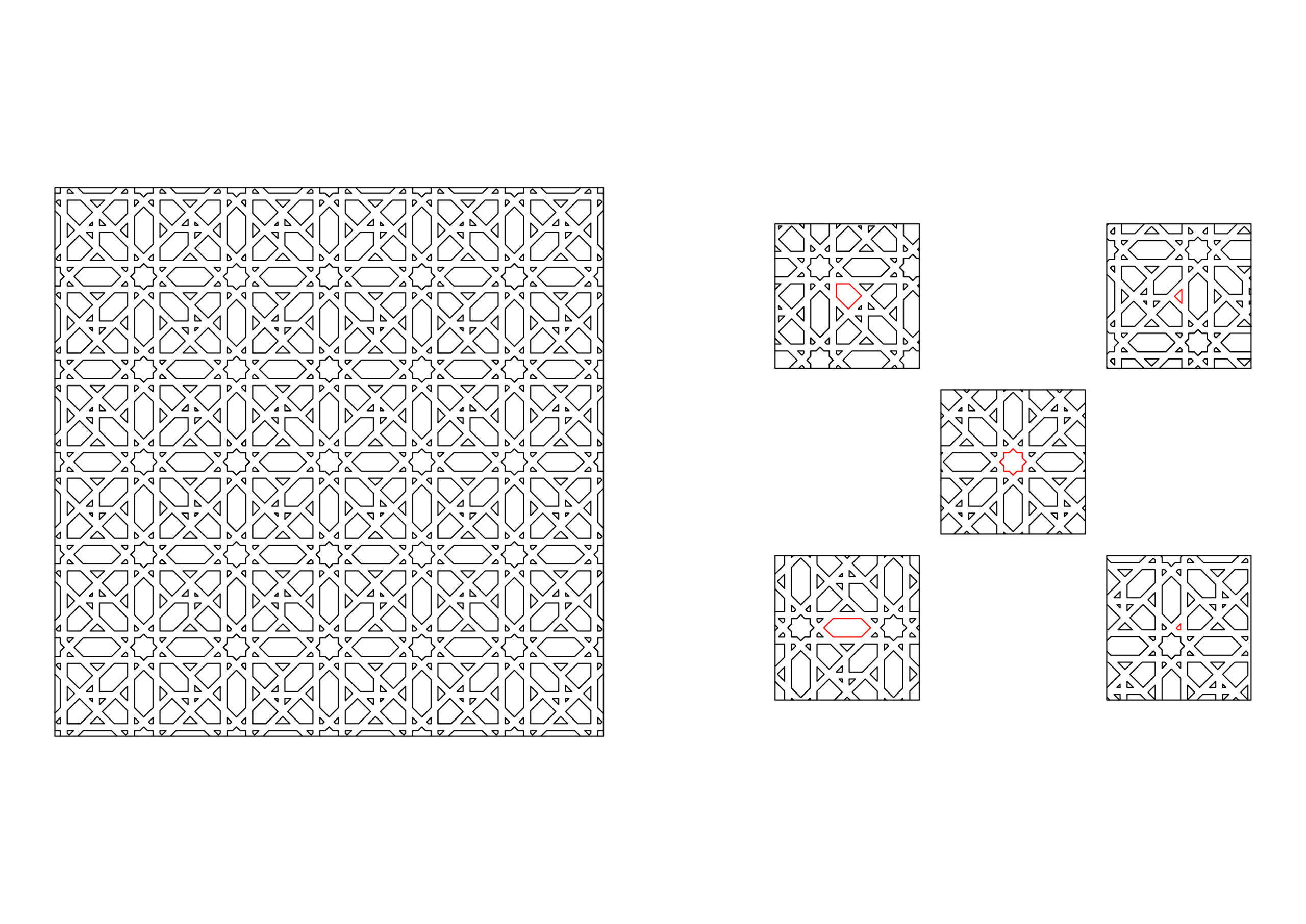
EXTRACTED SHAPES FROM PATTERN NO.3
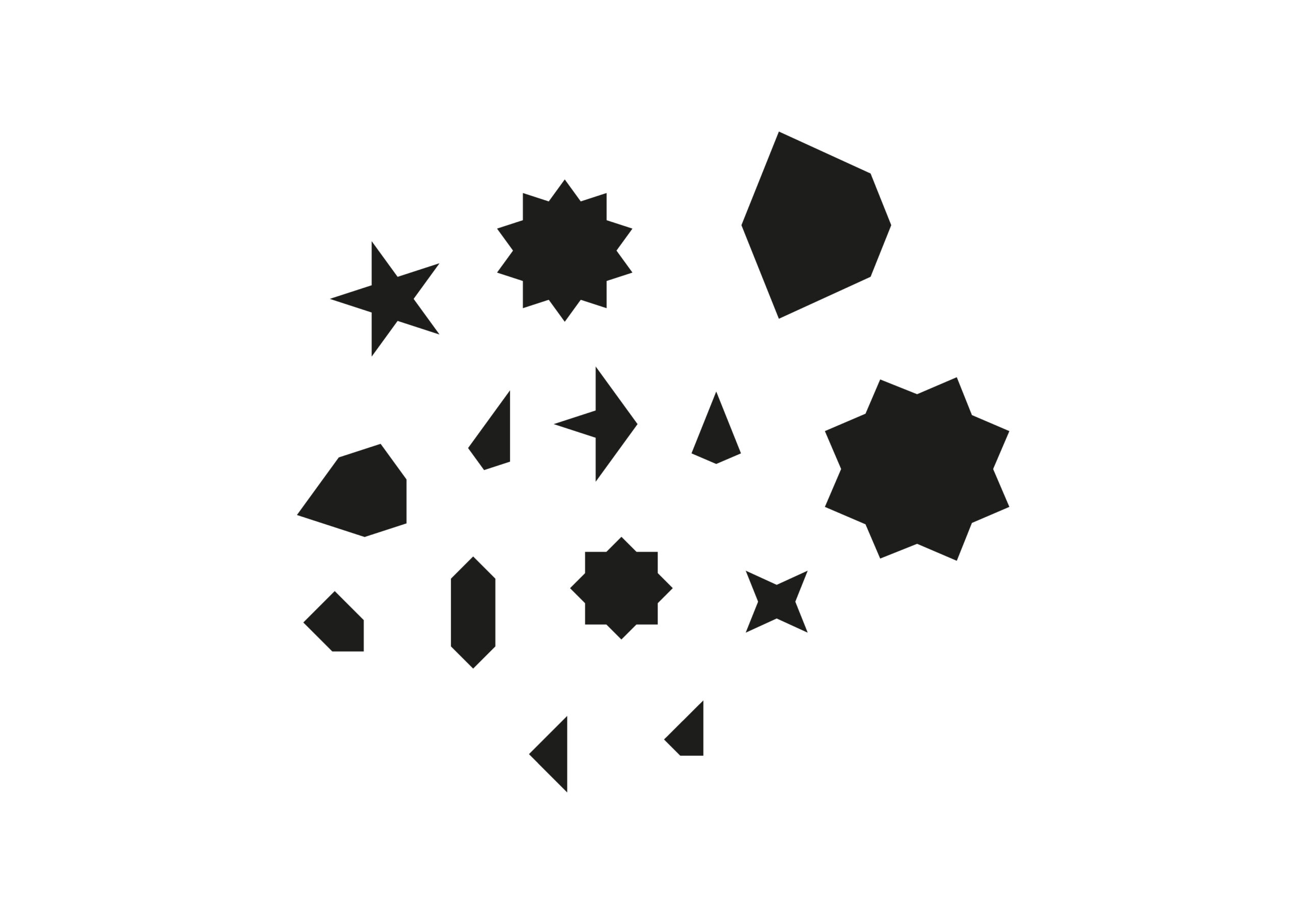 EXTRACTED SHAPES FROM PATTERNS
EXTRACTED SHAPES FROM PATTERNS
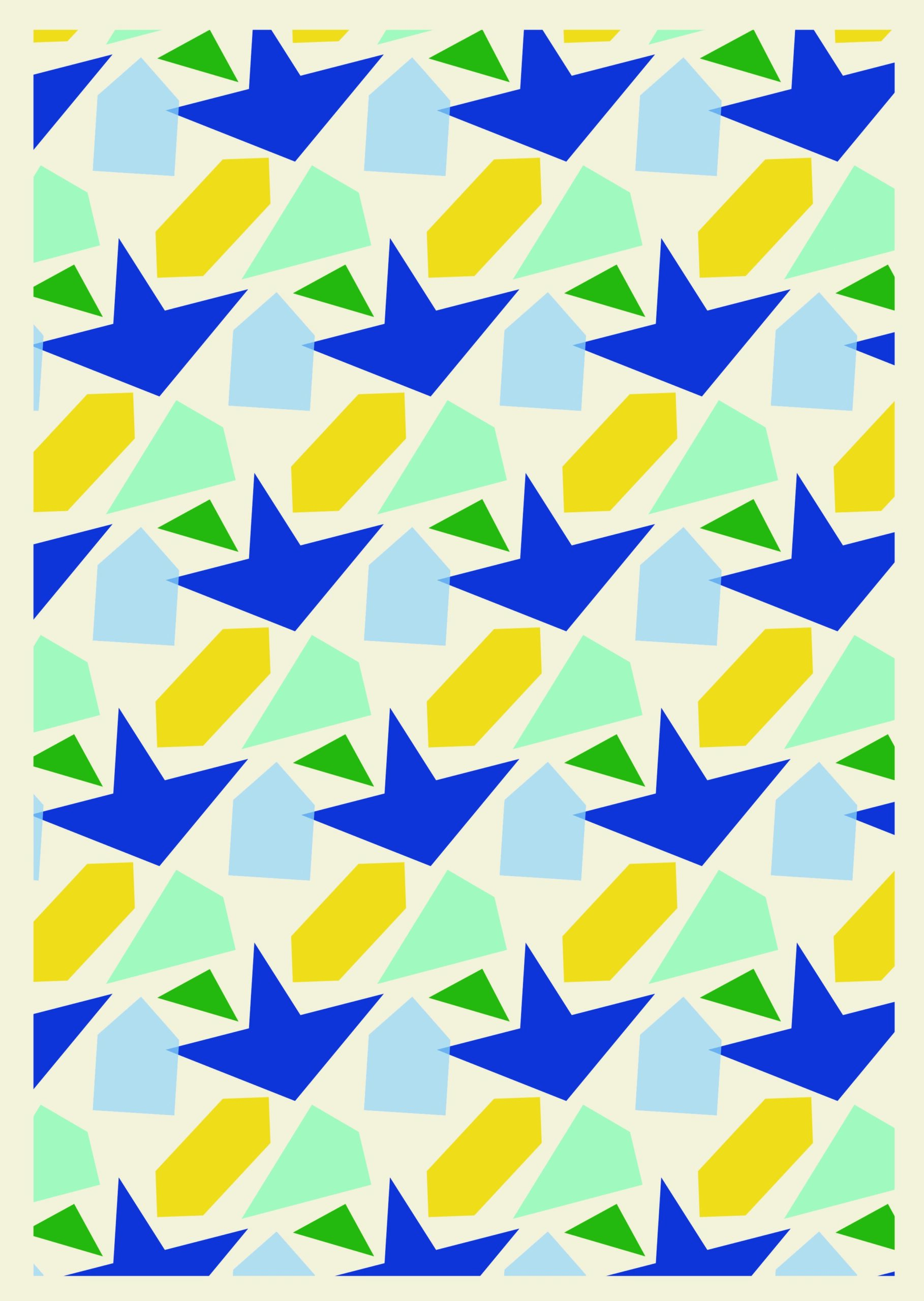
NEW PATTERN FORMATION NO.1

NEW PATTERN FORMATION NO.2
SUB-PROJECT: MASHRABIYA
————————————————————————————————————————
RESOLVED WORK – MASHRABIYA
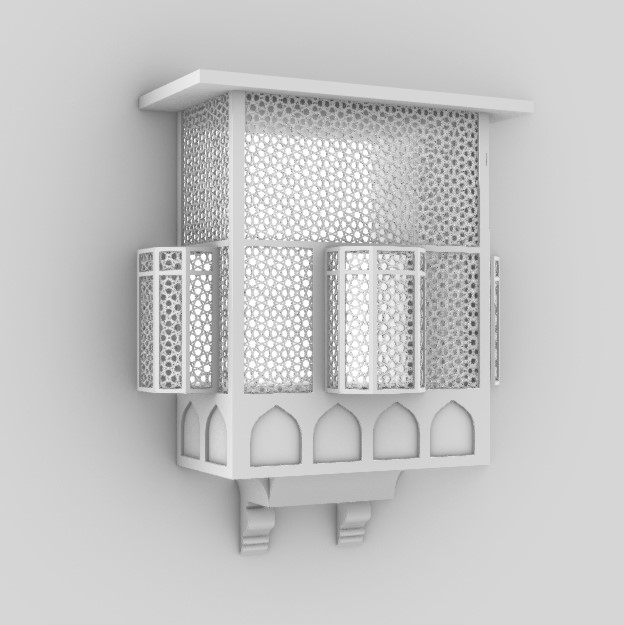
MODEL OF MASHRABIYA
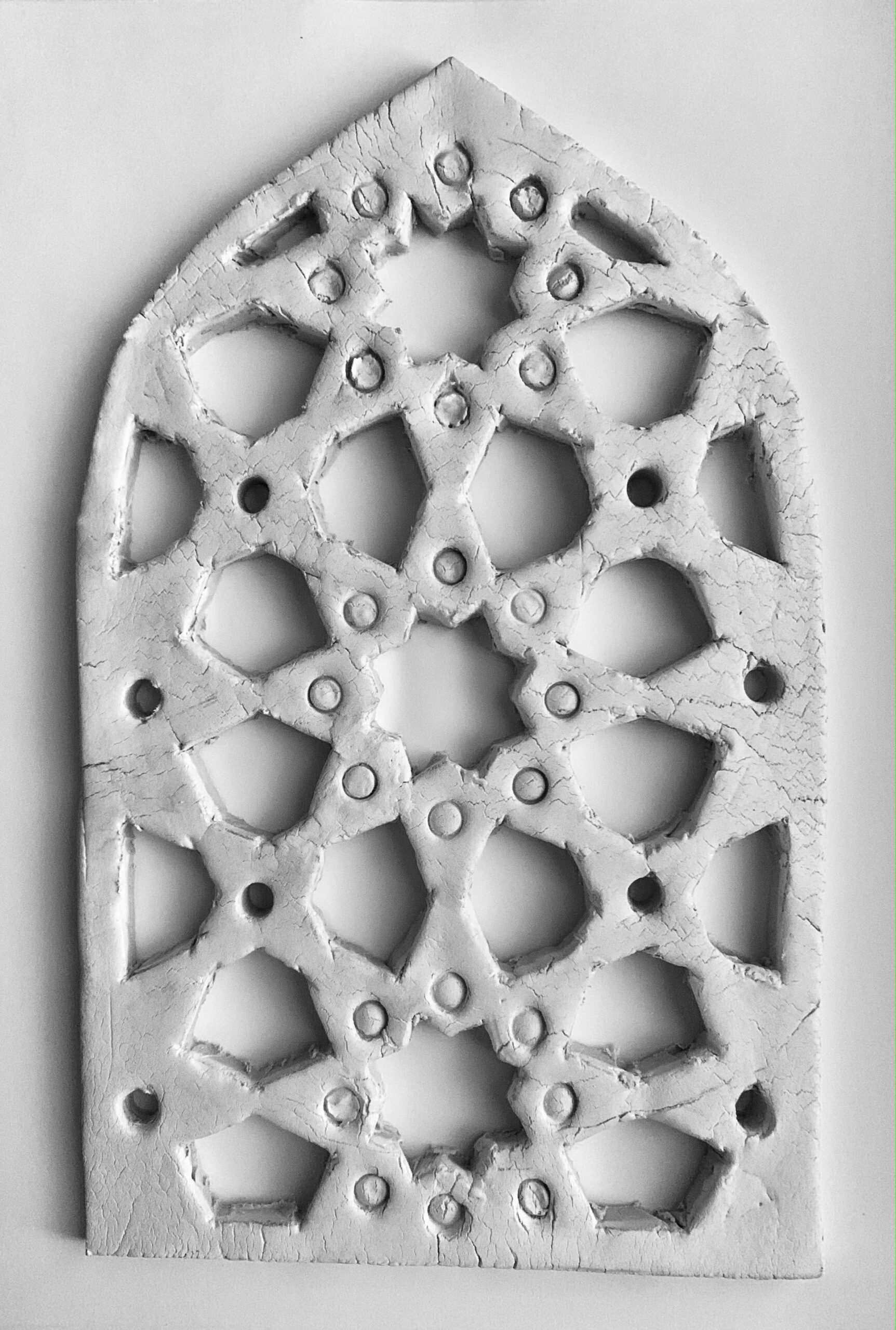
CLAY MASHRABIYA
————————————————————————————————————————
REFLECTIVE STATEMENT – MAKING AND BREAKING NARRATIVE
The thread which runs through almost all of my sub-projects in this course, is the use of shapes. This project, in which I’ve focused on Islamic geometric patterns, fully exemplifies this. I have really enjoyed studying their formation and construction as well as their use in many practical ways – transcending boundaries of art, and all the while retaining beauty and dignity. Rich in history, their significance runs through many (mainly middle Eastern) cultures and civilisations. In my art, I have sought to document, explore and adapt these patterns in a number of ways. My studies have not only enabled me to grasp a better understanding of the construction of different patterns, but to realise the respect due to those craftsmen and engineers who apply these to the production of practical and often very beautiful works.
———————————————————————————————————————–
MAPPING THE SOUNDSCAPE
———————————————————————————————————————–
MEADOWS

ILLUSTRATION OF THE MEADOWS W/ GOOGLE EARTH MAPPING
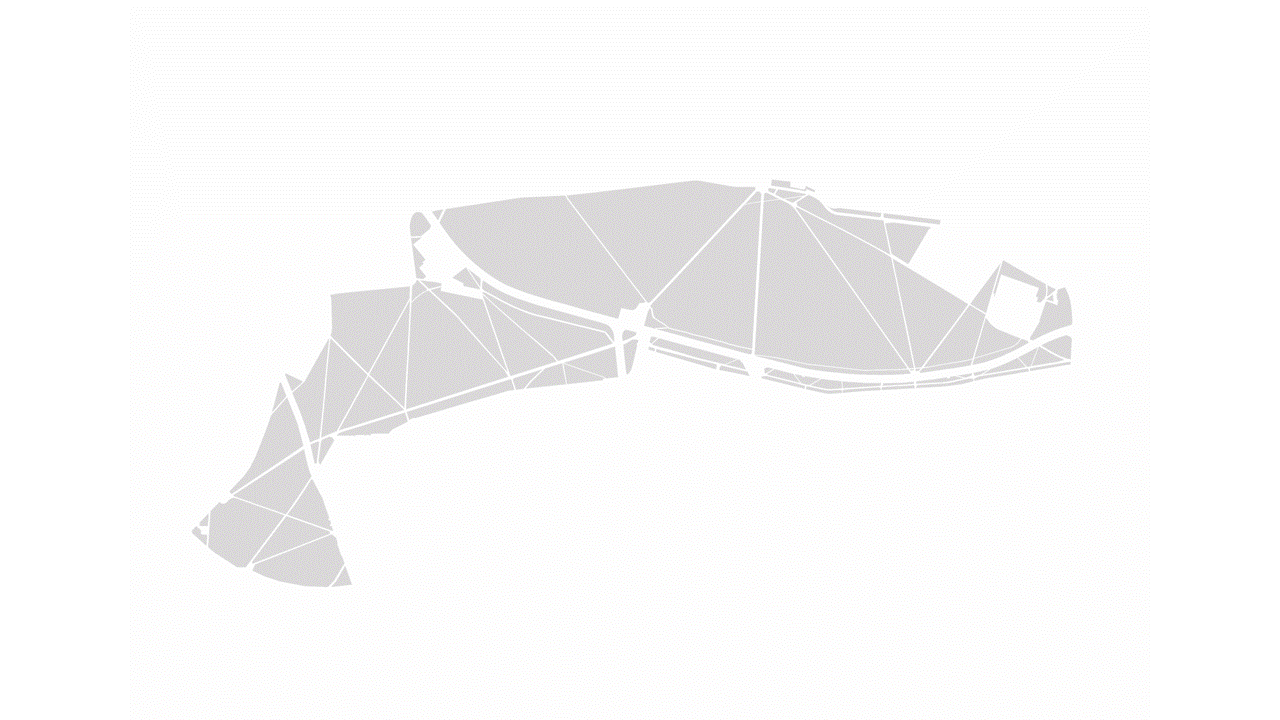
GIF (ACCOMPANIES VIDEO – RESOLVED PIECE)
FLAT
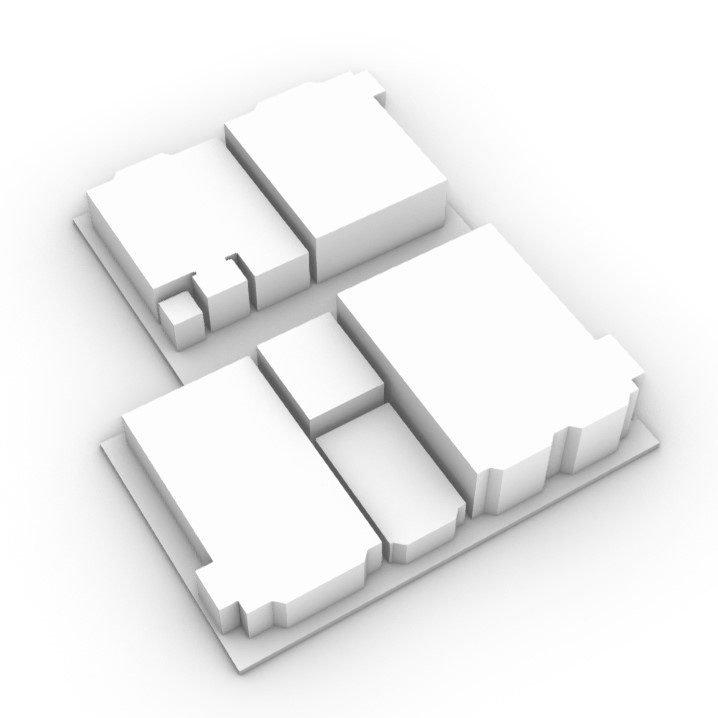
MODEL DETAILING VOLUME OF NOISE

ILLUSTRATION IN RESPONSE TO MODEL
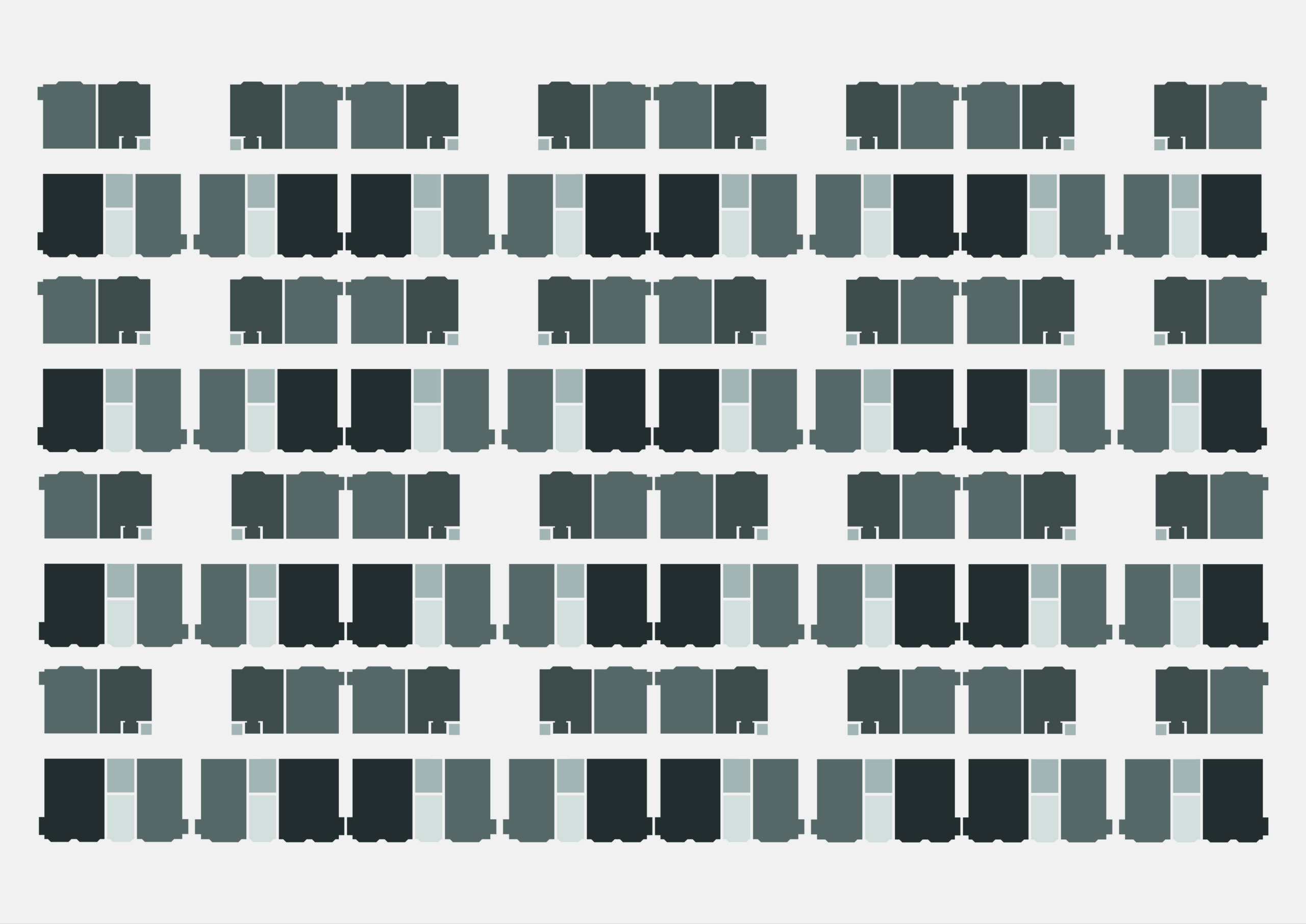
PATTERN FORMED FROM ILLUSTRATION (ABOVE)
————————————————————————————————————————
RESOLVED WORK
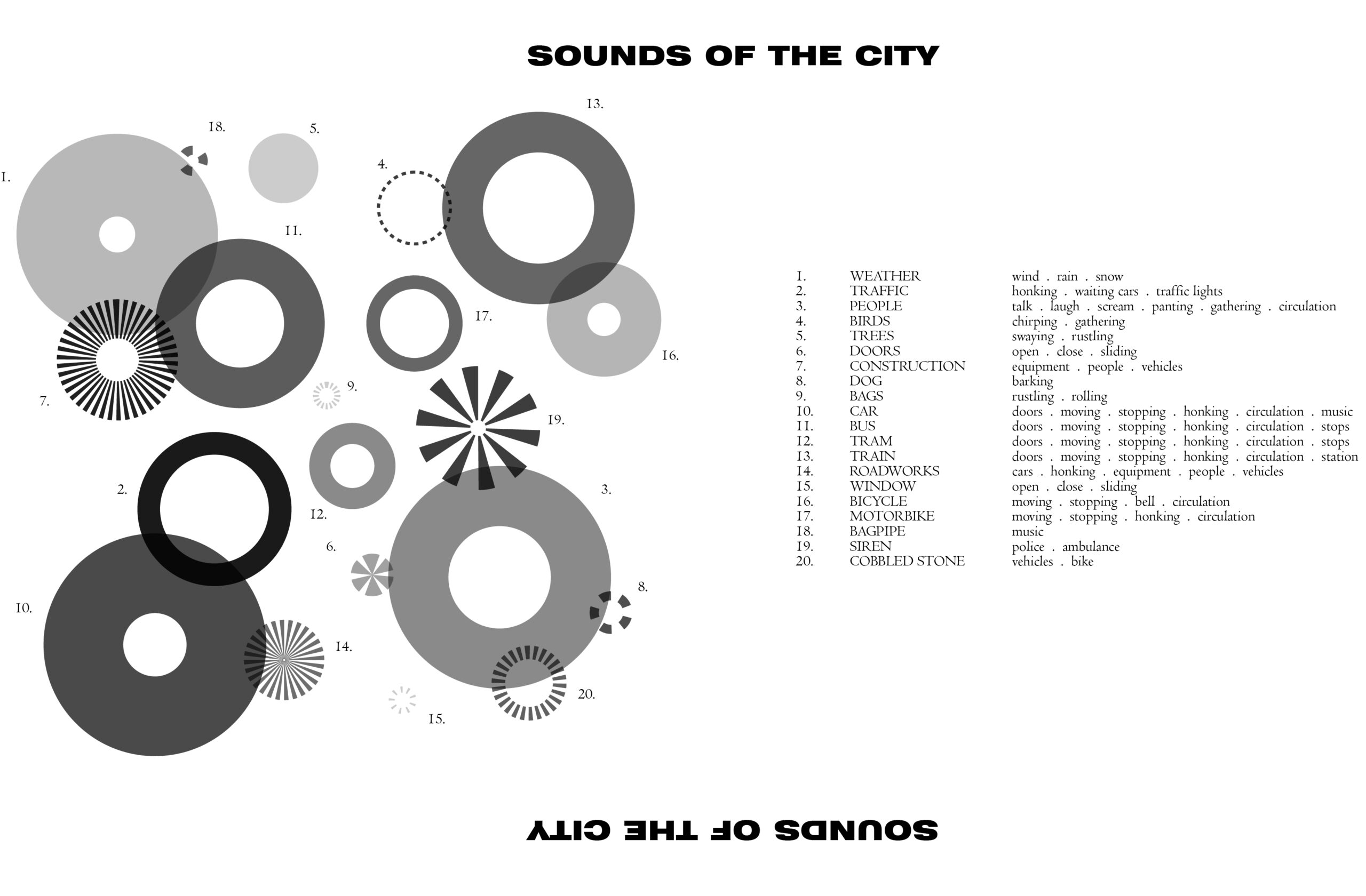
SOUNDS OF A CITY MAPPING
SOUNDS OF THE MEADOWS
————————————————————————————————————————
REFLECTIVE STATEMENT – MAPPING THE SOUNDSCAPE
My work on this was very different to anything I have done before. Here, where sound was the subject of focus, I initially found it difficult to find ways to visually present this. Whilst those who suffer from synesthesia can have a very different perspective to most, and I am not acquainted with synesthesia, I sought to represent sound in an abstraction, where I resorted to using shapes to represent sound. Thus, I differentiated between different sounds through shapes (again), with different sizing and shading representing different volumes and types of noise. This is particularly the case with respect to Sounds of the City and My Flat. In my piece, Sounds of the Meadows, rather than resorting to visually present sounds, I was able to string together a video, presenting the sounds that each blocked area of the meadows created.
Sounds are a part of everyday life for everyone – though typically nowhere as much noticed, thought about or commented on compared to images. In my work I sought to highlight and compose sounds that represent enclosed places, highlighting the elements of sound which surrounds everyone all the time.
———————————————————————————————————————–


